




Editor's Note 3
Swinomish Port Authority Receives $11 Million Grant for Four Projects 5
Recent Swinomish Tribal Code Amendments 8
COVID-19 Public Health Update/Halloween Trunk-or-Treat 10
Swinomish Homeowners Assistance Fund Program 12
Mid-Year General Council 13
Swinomish Housing Authority 14
Tide Table: December 16
Being Frank: Traditional Knowledge Protects The Environment For Future Generations 18 50th Anniversary of the Clean Water Act 19
Pay Landowners Along Salmon Streams To Grow Trees 20
SERNW Restorationist of the Year 21
Meet the Elder Services Director/Meet the Content Journalist 23
Meet the Staff Photographer/Tallwhalt II/One-Time Student Loan Debt Relief 24
A Drop of Water 25
Fall Cleanup Day 26
Orange Shirt Day 27
Dental Clinic 28
Affordability Connectivity Program 29
Tribal Lifeline 30
COVID-19 Vaccines and Reproductive Health - Frequently Asked Questions 32
Let's Knock Out the Flu! 33
Climate Change Observations in the 13 Moons Gardens 34
Much of November is the "moon of the dog salmon. Salmon continue to be fished until the end of this moon. The last of the bracken fern roots and camas are harvested. Shellfish harvest begins again and continues to increase the food supply through the winter months. Hunting waterfowl and game continues.
Late November/Late December, is the "moon to put your paddles away." This moons signals a time to move indoors for the coming winter season. During the winter moons, tools, baskets, and other items are constructed. Sea-run cutthroat trout, blackmouth salmon, and steelhead are fished and hunting waterfowl and game continues. Shellfish are collected during the nighttime low tides.
I am honored to share that I got married in September. A future I have dreamt about since I was young. My rite of passage is a joyous memory I will cherish dearly because my father, goliah David Edwards, who is very ill was well enough to walk me down the aisle and give me away to Mr. Kyle Ammons. A red sun glowed from the wildfire smoke right into the evening as we celebrated our marriage under a full moon. I wonder what the stars have in store for us next, where will life take us?
One upcoming event is the Swinomish Holiday Distribution on Wednesday, December 14, from 10 a.m.-6 p.m. at the Social Services Building details are on PAGE 6. We recently celebrated Halloween with Swinomish Trunk-orTreat and captured some neat photos, PAGE 11.
A noteworthy article written to commemorate the 50th anniversary of the Clean Water Act to the Seattle Times: Pay landowners along salmon streams to grow trees by Chairman Steve Edwards is on PAGE 20.

 By swelitub (Todd A. Mitchell) and Jamie L. Donatuto
By swelitub (Todd A. Mitchell) and Jamie L. Donatuto
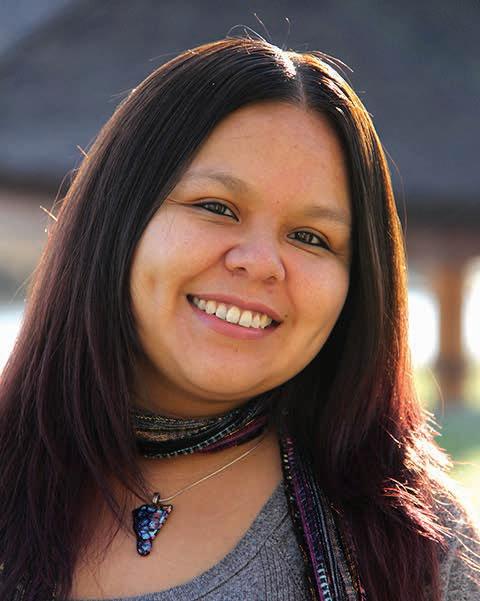

Big news
The Swinomish Port Authority received an $11 million grant! You can read the announcement and more about the projects this grant will support on PAGE 22. You can also learn more about the Swinomish Port Authority in the next monthly community Zoom on November 15.
To end my note, I am sharing this excerpt about marriage. I finally get why married couples begin with saying “Our journey has just begun!”
“Habitation” by Margaret Atwood, 1987, excerpt:
Marriage is not a house or even a tent it is before that, and colder.
goliahlitza Caroline Ammons
yal le ka but
Steve Edwards, Chairman (360) 840.5768 | sedwards@swinomish.nsn.us
kuts bat soot
Jeremy Wilbur, Vice Chairman (360) 770.7447 | jjwilbur@swinomish.nsn.us
sOladated
Brian Wilbur, Treasurer (360) 588.2812 | bwilbur@swinomish.nsn.us
sapelia
Sophie Bailey, Secretary (360) 853.6458 | sbailey@swinomish.nsn.us
qws stania
Aurelia Bailey (360) 853.6376 | awashington@swinomish.nsn.us
stoolsta
Eric Day (360) 770.7024 | eday@swinomish.nsn.us
spi sta yup ton
Greg Edwards (360) 854.8612 | gedwards@swinomish.nsn.us
taleq tale II
Barbara James (360) 391.3958 | bjames@swinomish.nsn.us
ya qua leous e
Brian Porter (360) 840.4186 | bporter@swinomish.nsn.us
siwelce?
Alana Quintasket (360) 302.0971 | aquintasket@swinomish.nsn.us
kani?ted
Tandy Wilbur (360) 770.3050 | tandywilbur@swinomish.nsn.us



Website: swinomish-nsn.gov
@SwinomishSenate
The mission of qyuuqs News is to provide monthly communication to Swinomish Indian Tribal Community Members near and far. We are committed to serving as an apolitical forum for the Swinomish governing officials and all Community Members. qyuuqs News is not intended to reflect the official position of the governing body at Swinomish Indian Tribal Community but rather reflects the ideas, events, and thoughts of individual Community Members and Tribal staff. As such, the Swinomish Tribe makes no claim as to the accuracy or content of any of the articles contained therein.
QYUUQS MAILING ADDRESS
17337 Reservation Road, La Conner, WA 98257 Phone (360) 466.7258 Fax (360) 466.1632
*SUBMISSIONS
Send your news tips, stories, and photos to: qyuuqs@swinomish.nsn.us
Submission deadline: 10th day of the month
QYUUQS NEWS


Caroline Ammons, Editor cedwards@swinomish.nsn.us
SWINOMISH COMMUNICATIONS
Heather Mills, Communications Manager hmills@swinomish.nsn.us
ADVISORY COMMITTEE

Tracy James, John Stephens, Kevin Paul This issue is available online at swinomish-nsn.gov/qyuuqs
Photos credits: qyuuqs News Staff or as credited. All rights reserved.
Facebook: Swinomish qyuuqs News Linkedin: Swinomish Indian Tribal Community
*qyuuqs News is made available for viewing on the Internet When submitting information, stories, and/or photos, please be aware everything published in the print version of qyuuqs News is also published on the Internet and is available to the world. Please consider carefully whether your submissions contain anything you feel may not be suitable or appropriate for the Internet. By submitting your information, stories, and/or photos to qyuuqs News, you agree to publishing your submission in both the print and online versions of qyuuqs News.
qyuuqs News is a publication of the Swinomish Indian Tribal Community produced by Swinomish Communications.
Looks like fall is about to move right into winter with high winds and snow already in the forecast.
As a reminder about inclement weather, Swinomish offices will be closed when the La Conner School District closes.
The Tribe will do its best to get the word out before offices are scheduled to open on the day of a closure or delay. The information will be delivered via community text (text Swinomish1 to 91896 to opt-in), Senate Facebook post, website, and the digital reader board on Reservation Road.
The siren system is tested on the first Monday of every month at noon. The sirens play the Westminster Chimes followed by an audio message in English and Spanish.
The sirens are also tested once a year with the actual tsunami warning wail sound on the third Thursday in October in conjunction with the Great Washington ShakeOut earthquake and tsunami drill.
The Swinomish Port Authority is excited to announce that it received an $11 million grant from the U.S. Maritime Administration under the Port Infrastructure Development Program (PIDP) last week. The Port Authority applied for the grant last spring to fund four specific projects:
1) Boat launch with gear storage and boat storage
2) New commercial pier (in front of fish plant)
3) Replacement of moorage floats
4) Development of a master plan for future Port Authority development projects
The grant award funded all four projects.
The Swinomish Port Authority was formed under Swinomish Tribal law in 2020, and seated in 2021. It is one of the only tribal port districts in the nation.
“Thank you to our board members and staff who helped make this happen. We have a great team! ”
- Port Authority Board Members J.J. Wilbur, Chair; Fred Cayou, Vice Chair; Sophie Bailey; Joe Bailey; Ida Edwards
Please join the Swinomish Port Authority at the next monthly community Zoom on November 15 to learn more.
DECEMBER 14, 10 A.M. - 6 P.M.
The holidays will be here before you know it! Pick up your checks, smoked fish, and candy bags at the Social Services Building on December 14 between the hours of 10 a.m.-6 p.m.
Can’t make it? Pick up your check at Social Services after the distribution date during regular office hours.
All members: If you reside in Skagit, Whatcom, or Snohomish counties, you MUST pick up and sign for your own checks. No exceptions.
If you live outside the county, state, or country, your check will be mailed to your address on file unless you notify us prior to the mailing dates listed below.
Mailing dates:
November 17, 2022 - Outside of country
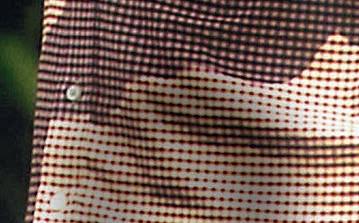

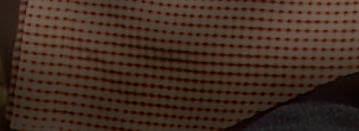



December 5, 2022 - Outside Washington state

December 8, 2022 - Outside of Skagit, Whatcom, or Snohomish counties

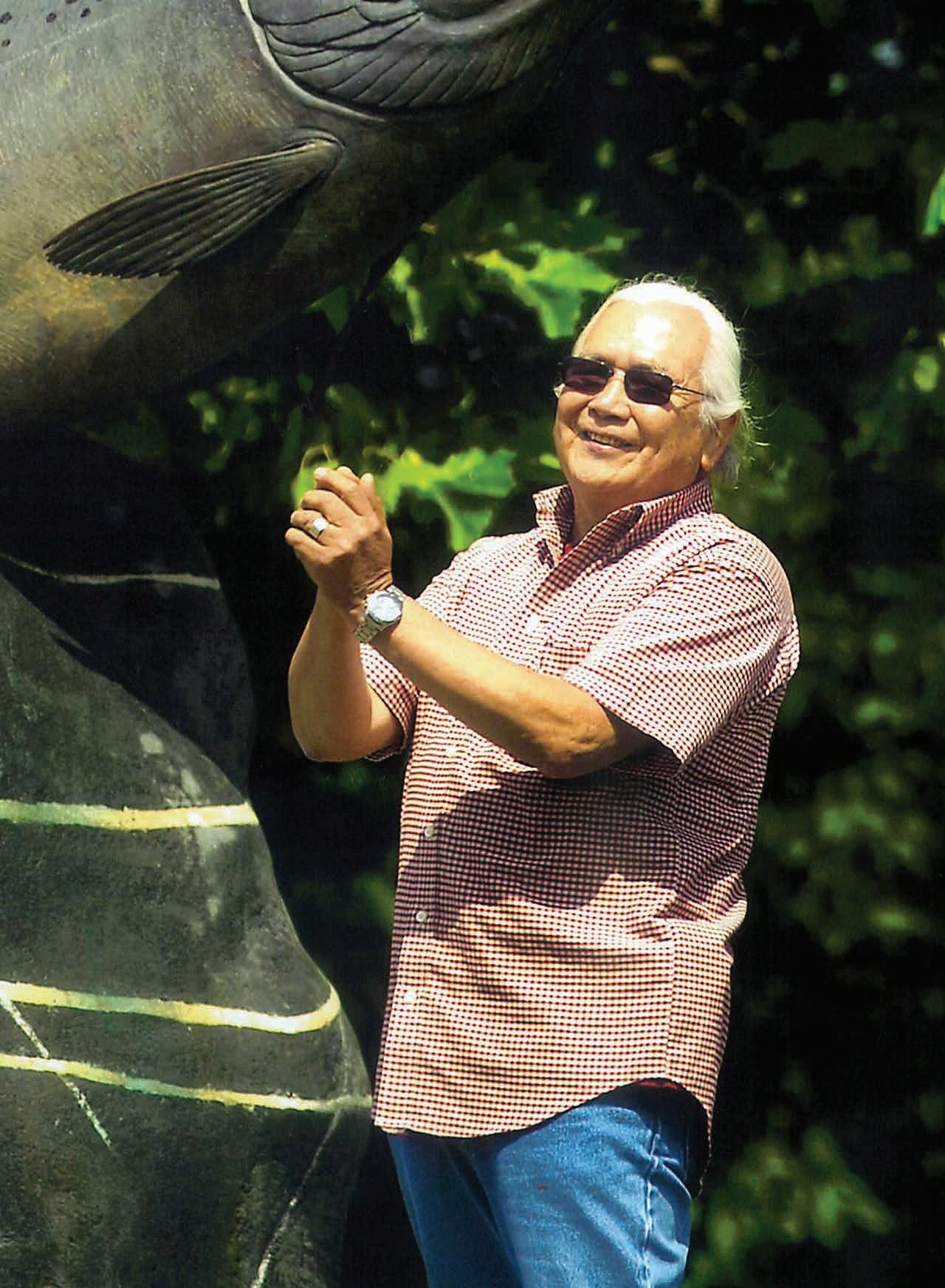
Do you have questions - OR - A NEW MAILING ADDRESS? Contact Candace at (360) 466-7218 or email ccasey@ swinomish.nsn.us –or– Kalona at (360) 466-7307 or kcasey@swinomsh.nsn.us. You do not need to update your mailing address if you receive the qyuuqs News in the mail.
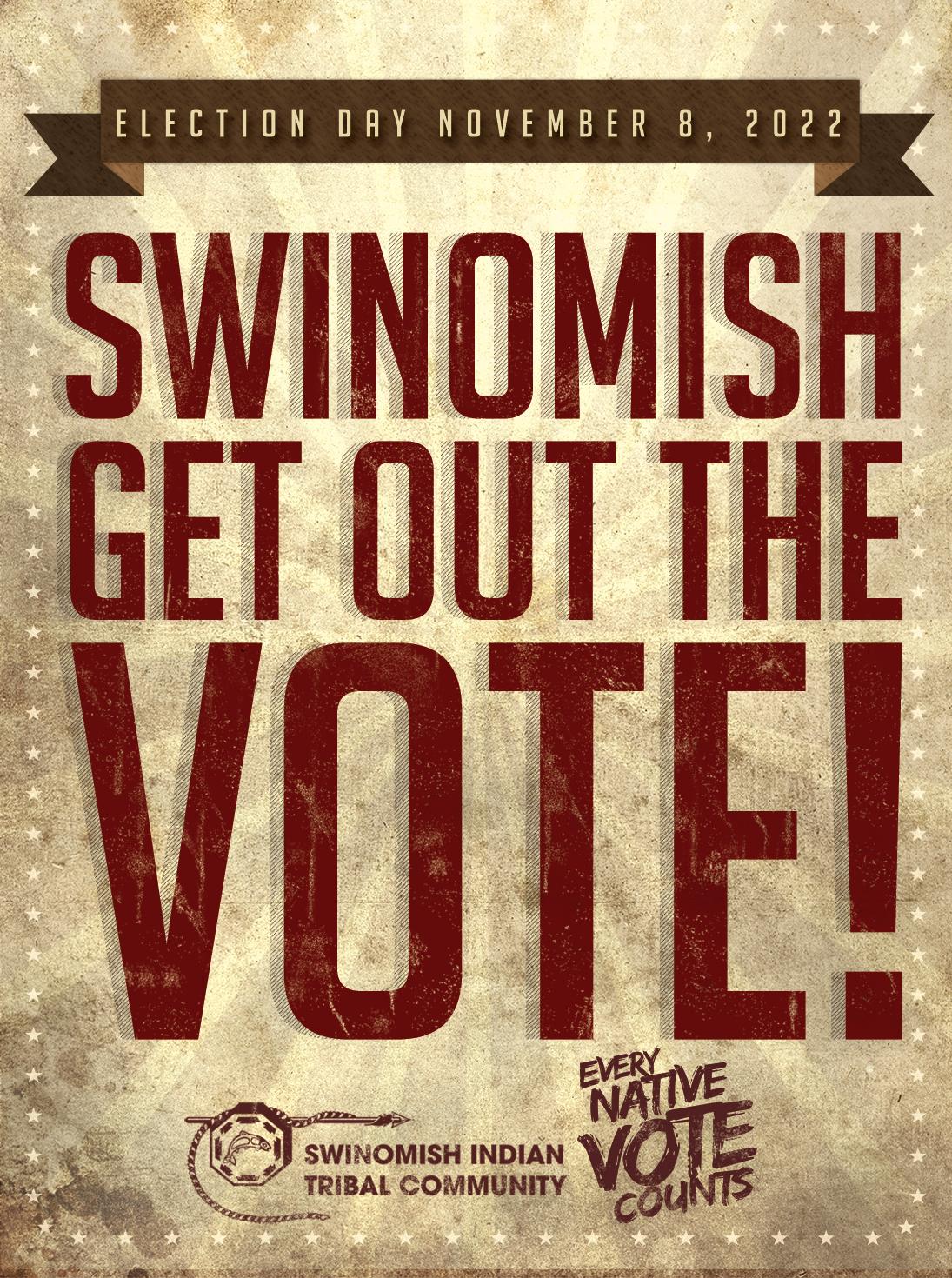
To ensure our enrolled children receive their financial distribution, their money will be added to their parent’s or legal guardian’s check (regardless of membership) or with their foster/relative placement adult’s check.
If there are changes to your child’s custody or placement status, please bring documentation to Social Services as soon as possible so changes can be made ahead of time.
The cut-off for new tribal enrollment is the date of the November 2022 Senate meeting.
Tribal members who are incarcerated (i.e. prison, jail, EHD, or detention) on December 14, 2022 will not receive a check.





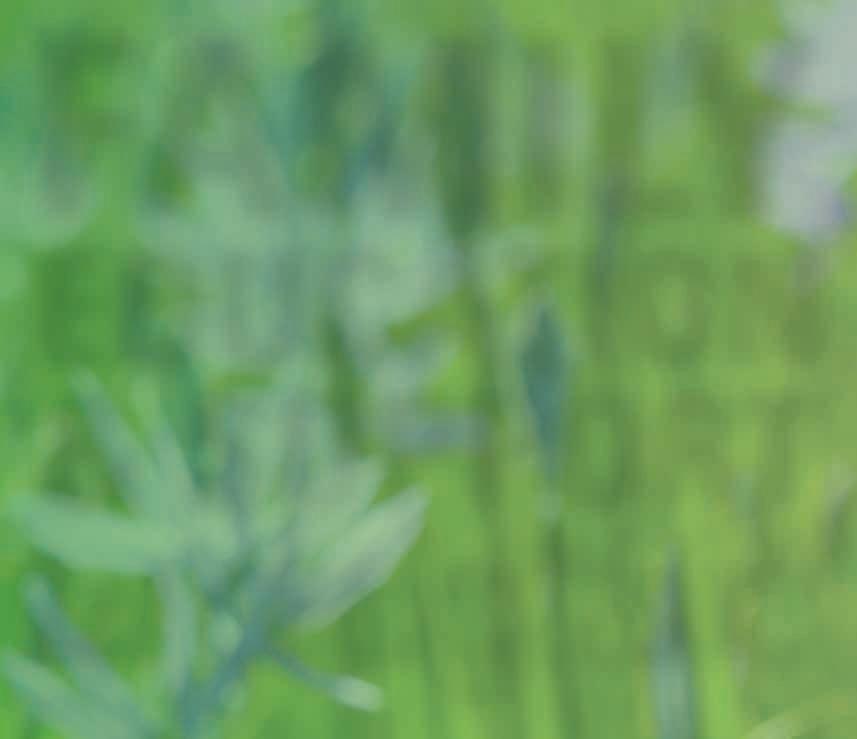


The Swinomish Senate, the governing body of the Swinomish Indian Tribal Community, recently enacted the following code amendments:
At the July 2021 Senate meeting, the Senate made revisions to the Tribe’s Tribal Properties Code. The amendment includes a provision to include restricting visitor access to Tribal Properties, and thereby limit adverse impacts by visitors. The Environment and Lands Committee and the Law and Order Committee recommended the amendment, which the Senate enacted on July 6, 2021.
At the March 2021 Senate meeting, the Senate made revisions to the Tribe’s Utilities Code. The amendment clarified the term “Manager” and the name of the Board overseeing the Swinomish Utility Authority. The Utility Authority Board of Commissioners recommended the amendment, which the Senate enacted on March 2, 2021.
At the March 2021 Senate meeting, the Senate made revisions to the Tribe’s Establishment and Authority Code. The amendment established the role, qualifications, authority, and duties of the Court Bailiff. The Law and Order Committee recommended the amendment, which the Senate enacted on March 16, 2021.
At the May 2022 Senate meeting, the Senate made revisions to the Tribe’s Fireworks Code. The amendment was to clarify the regulation of wholesale fireworks sales, to improve and facilitate prompt, effective and fair enforcement of the code, and to support retail permit holders’ access to multiple permitted wholesalers. The Fireworks Committee recommended the amendment, which the Senate enacted on May 17, 2022.
At the June 2022 Senate meeting, the Senate made revisions to the Tribe’s Courts of Special Jurisdiction Code. The amendment expanded the eligibility of the Swinomish Healing to Wellness Court to all individuals who are facing criminal charges in Swinomish Tribal Court, including nonIndians. The Law and Order Committee recommended the amendment, which the Senate enacted on June 8, 2022.
At the November 2021 Senate meeting, the Senate made revisions to the Tribe’s Dental Health Provider Licensing Code. The amendment clarified license expiration and renewal dates. The Swinomish Dental Health Provider Licensing Board recommended the amendment, which the Senate enacted on November 2, 2021.
At the February 2022 Senate Meeting, the Senate made revisions to the Tribe’s Criminal and Other Court Proceedings Involving Youths Code. The amendment was added to require Swinomish Law Enforcement Officers to provide an attorney consultation before the youth waives any rights under the Indian Civil Rights Act if the officer is seeking a waiver of any of those rights. The Legal Committee and the Law and Order Committee recommended the amendment, which the Senate enacted on February 15, 2022.
At the May 2021 Senate meeting, the Senate made revisions to the Tribe’s Fishing Code. The amendment clarified required fish catch reporting procedures. The Swinomish Fish and Game Commission recommended the amendment, which the Senate enacted on May 4, 2021.
At the November 2021 Senate meeting, the Senate made revisions to the Tribe’s Fishing Code. The amendment added provisions on non-member fishing, and direction on Conflict between Fishery Specific Harvest and Gear Restrictions and Fishing Regulations. The Swinomish Fish and Game Management Commission recommended the amendment, which the Senate enacted on November 2, 2021.
At the February 2022 Senate meeting, the Senate made revisions to the Tribe’s Fishing Code. The amendment
regulates the purchase and sale of fish caught in the Tribe’s Treaty fisheries. The Swinomish Fish and Game Management Commission recommended the amendment, which the Senate enacted on February 15, 2022.

At the November 2021 Senate meeting, the Senate made revisions to the Tribe’s Hunting and Gathering Code. The amendment added provisions on nonmember hunting. The Swinomish Fish and Game Management Commission recommended the amendment, which the Senate enacted on November 2, 2021.











At the April 2021 Senate meeting, the Senate made revisions to the Tribe’s Shorelines and Sensitive Areas, and Tidelands Code. The amendment was to cross-reference the Code pertaining to the removal of beach material and clarify the prohibition against removing natural beach material. The Environment and Lands Committee recommended the amendment, which the Senate enacted on April 20, 2021.

At the May 2021 Senate meeting, the Senate made revisions to the Tribe’s Zoning Code. The amendment was to provide more flexibility on the size and scale of Accessory Dwelling Units (ADU). The Planning Commission recommended the amendment, which the Senate enacted on May 4, 2021.
The amended code and Constitution are available for review on our website at swinomish-nsn.gov. Paper copies are available for review at the Social Services or Planning departments, through the Tribal Court Clerk, the Office of the Tribal Attorney, and the Senate’s Executive Assistant.

November 9 – The CDC has issued an official HEALTH ADVISORY due to increased respiratory virus activity, especially among children.
Respiratory illnesses with similar symptoms are circulating across the country and here at Swinomish, in greater numbers than normal and with greater severity. While the last 2 fall and winters have been dominated by COVID-19, we are now seeing a surge and co-circulation of COVID-19, influenza, RSV (Respiratory Syncytial virus), and other cold viruses. This is putting a strain on healthcare systems, schools, childcare centers, families and community.
What can you do to prevent this strain on the Swinomish community?
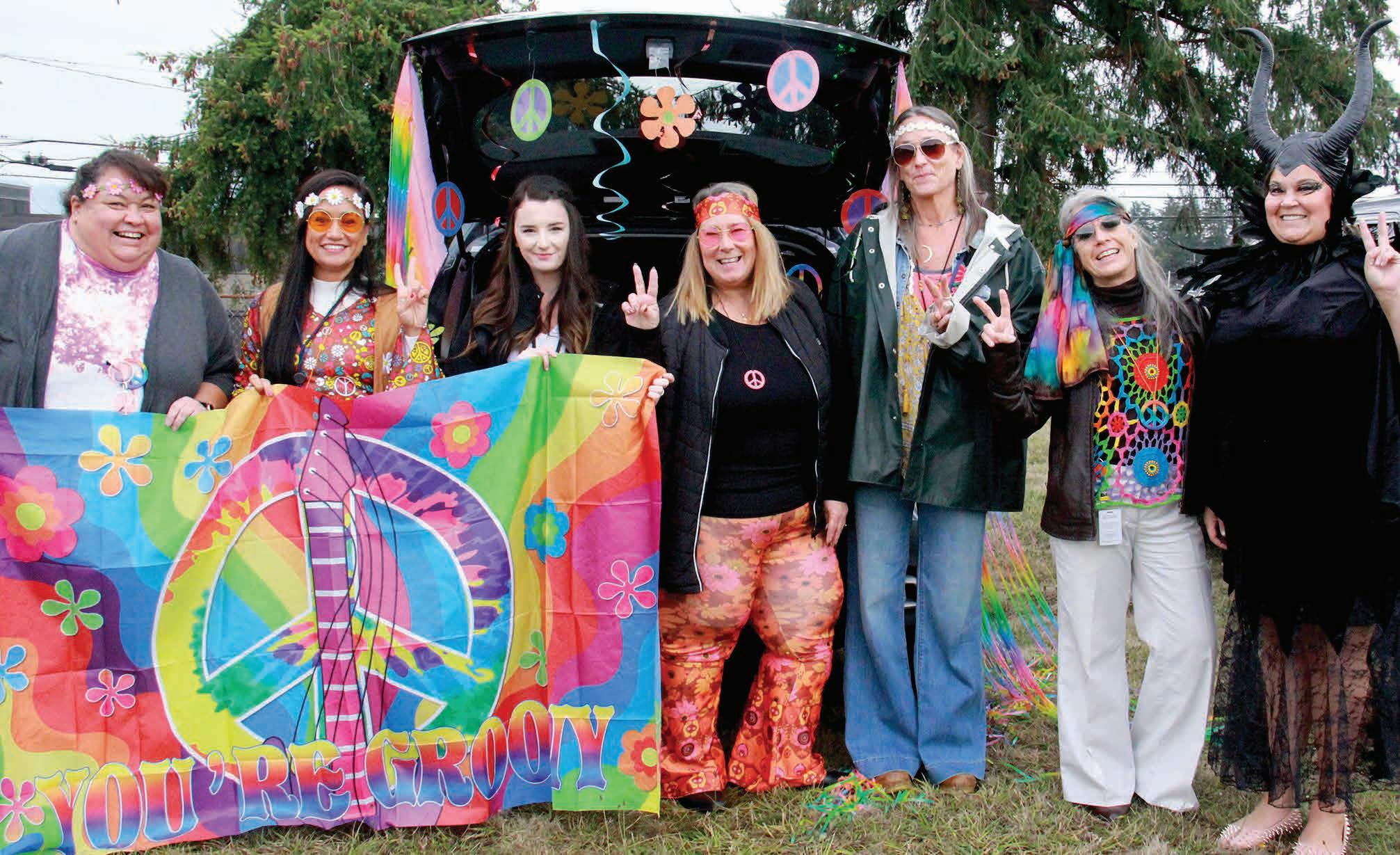
1) VACCINATE! Keep yourself and your kids up to date on all of your vaccines. COVID-19, flu, and routine childhood vaccinations are safe and effective. EVERYONE age 5 and up needs a COVID-19 omicron booster and 6 months and up need a flu vaccine.
2) STAY HOME WHEN YOU ARE SICK – Cough, fever, sore throat, congestion, vomiting, or diarrhea? Stay home and test for COVID-19.
3) VENTILATE – Open your doors and windows when possible and make sure your ventilation systems are up to date.
4) HAND HYGIENE and RESPIRATORY ETIQUETTE – Wash your hands throughout the day and cover your mouth and nose with a tissue when you cough or sneeze. Be sure to throw your used tissues in the trash. No tissue available? Cough or sneeze into your elbow, not your hands.
5) KEEP IT CLEAN – Clean household and office surfaces at least once per day, and more frequently if it is a high touch area.
There is treatment for both influenza and COVID-19. Call your healthcare provider or the COVID-19 Helpline to get medication if you think you may have either one. Attached are the latest guidelines for employees and children in Swinomish childcare or youth programs
COVID-19 Helpline: 360-588-2771 Swinomish Medical Clinic: 360-466-3167 Island Drug/La Conner Drug Vaccine Appointment Calendar: islanddrug.com/appt/#calendar

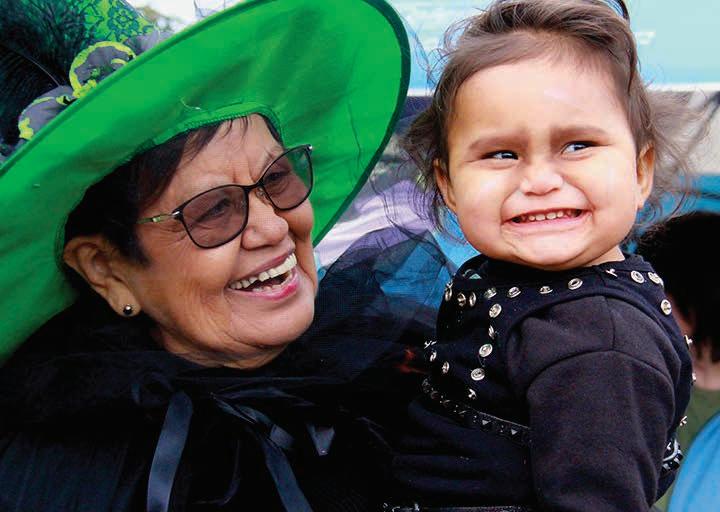








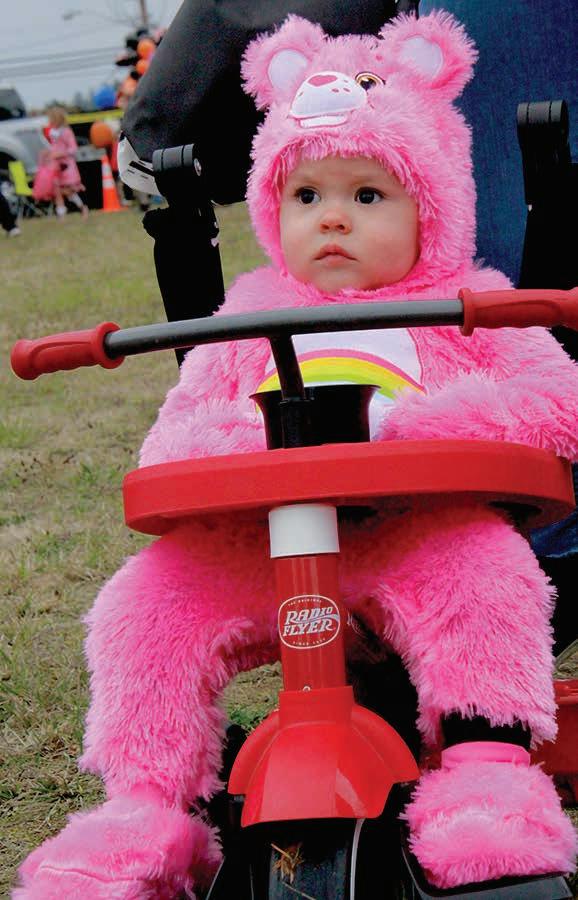
Janie
 Sunshine ShongutsieWesley and JC Cayou
‘Lock’ (aka Jordynn Washington) carefully selects her candy
Beasley and Imani Espinoza are all smiles for Trunk-or-Treat!
Mira Beasley
Candace Casey, Marlo Quintasket, Taven Revey, Kalona Casey and Tracy James provide all the fun inside the tents
Sunshine ShongutsieWesley and JC Cayou
‘Lock’ (aka Jordynn Washington) carefully selects her candy
Beasley and Imani Espinoza are all smiles for Trunk-or-Treat!
Mira Beasley
Candace Casey, Marlo Quintasket, Taven Revey, Kalona Casey and Tracy James provide all the fun inside the tents
You may be eligible for financial relief under the Swinomish Homeowners Assistance Fund program if you experienced pandemic-related hardship that has reduced your ability to make mortgage or meet other financial obligations related to home ownership.
The Tribe received funding from the US Department of Treasury’s Homeowner Assistance Fund (HAF), which was established under section 3206 of the American Rescue Plan Act of 2021 (ARP) to provide assistance for homeowners who have experienced financial hardships associated with the coronavirus pandemic.
The purpose of the Swinomish Homeowner Assistance Fund is to support the Tribe’s provision of assistance to eligible tribal homeowners to prevent mortgage delinquencies, defaults, foreclosures, loss of utilities or home energy services, and homeowner displacement. Qualified expenses include:
» Mortgage payment assistance
» Assistance to help reinstate a mortgage or pay other housing related costs connected to a period of forbearance, delinquency, or default
» Mortgage principal reduction
» Payment assistance for:
• Homeowner’s utilities including electric, gas, home energy, home heating water, wastewater, and broadband
• Homeowners insurance, flood insurance, and mortgage insurance
• Homeowner association fees, or any similar cost required by a unit occupancy agreement in a cooperative housing development
• Down payment assistance loans provided by nonprofit or government entities
• Delinquent property taxes to prevent tax foreclosure
» Measures to prevent homeowner displacement, such as home repairs to maintain the habitability of a home, or assistance to enable households to receive clear title to their property.
The maximum amount of assistance across all of the above categories is $10,000.00 per household. Households requesting repairs must be current on the financial obligations associated with their home in order to use funds for repair. Home repair applications will be accepted from the outset, but will be delayed until March 2023 in order to focus on households who are facing delinquencies leading to foreclosure.
Swinomish Tribal member homeowners are eligible to receive assistance if they experienced a financial hardship after January 21, 2020 (including a hardship that began before January 21, 2020 but continued after that date) and have incomes equal to or less than 150% of the area median income or 100% of the median income for the United States, whichever is greater. Assistance can only be provided to homeowners with qualified expenses related to the dwelling that is the homeowner’s primary residence.
Federal regulation requires that 60% of the funds received must be used to assist households at or below 100% of the area median income for their household size or the median income for the United States, whichever is greater. These limits are on the first line of the chart below. The remaining funds will be targeted first to elder and disabled households at or below 150% area median income or 100% US median income. These limits are on the second row of the chart below.
The program policy is currently on the Swinomish Tribe’s website at swinomish-nsn.gov/resources/planning/ public-notices.aspx
HAF application link: https://swincommunications. typeform.com/HAFApplication
Applications will also be available in hard copy at STAC. Staff is available to assist in filling out applications by phone or in person by appointment. For more information, please contact HAF@swinomish.nsn.us.
1-Person 2-Person 3-Person 4-Person 5-Person 6-Person 7-Person 8-Person
150% Area Median Family Income $86,450 $98,800 $111,150 $123,450 $133,350 $143,250 $153,100 $163,000
100% National Median Income $79,900 $79,900 $79,900 $79,900 $79,900 $79,900 $79,900 $79,900
Greater of 150% AMI or 100% of U.S. Median Income $86,450 $98,800 $111,150 $123,450 $133,350 $143,250 $153,100 $163,000

A view from above of the attendees and Senators at the first ever midyear General Council meeting held on October 8.
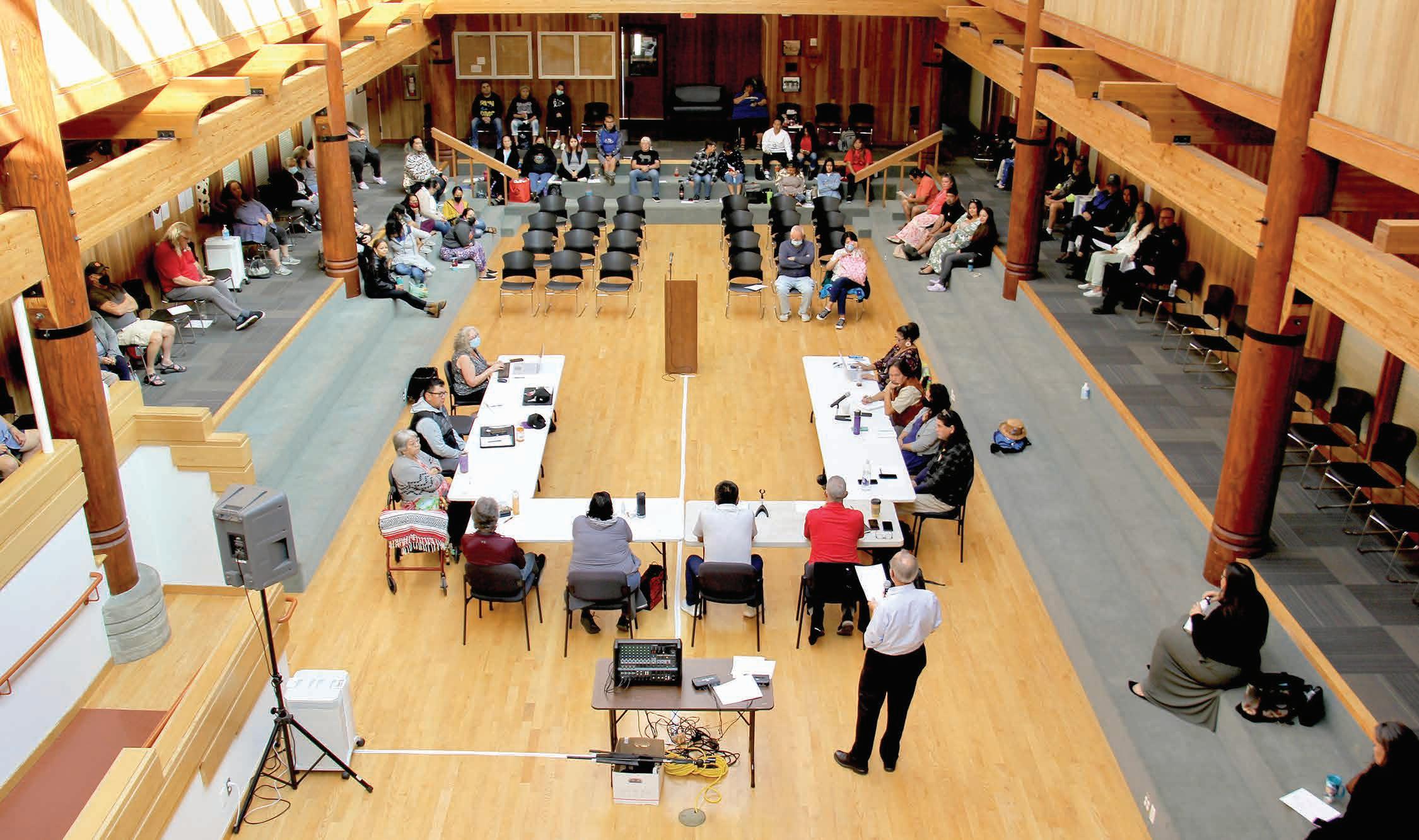
On September 29, at the Regular Meeting of the Swinomish Housing Authority Board of Commissioners, the Board made a change to our current guest policy. Previously, a guest could only stay for 30 days. Any guest staying over 30 days was required to be added to the housing composition.
The new policy will read:
1) “Guest” is defined as a person not listed as an occupant in the Agreement and who is/ was in the unit with the Tenant family’s implied or express consent.





2) Guests or visitors of the Tenant may be accommodated no longer than a period of 14 days. If any visit extends beyond fourteen days, the Tenant must notify the SHA Executive Director, stating the reasons for and duration of the extended visit. Based on the circumstances, the SHA Executive Director will determine if there is an occupancy change warranting an application and an interim recertification, including an income level verification.
3) The number of guests or visitors may not exceed the occupancy standards.


4) Only a member of the Tenant family listed in the Agreement may receive mail at the Tenant’s address.

5) When needed, a Tenant shall request in writing the SHA Executive Director’s approval for a live-in aide. A medical doctor must verify in writing a Tenant family’s need for a live-in aide and the amount of time the live-in aide is required. A live-in aide must meet all Tenant selection criteria as outlined in the SHA Admissions and Occupancy Policy, and comply with the appropriate Agreement.

Please be aware that this new policy will be enforced beginning November 1, 2022. If you have any questions, please call the housing office.
Thank you, Lance Simons Executive Director swinomishHA.com housing@swinomish.nsn.us
If you qualify, this program can help you with weatherization of your home.
Who qualifies for these grants? Homeowners in Skagit County – on and off the reservation.
How do I apply? Pick up a Housing Authority of Skagit County Weatherization Program application at the Swinomish Housing Authority office, located at 17547 First Street in La Conner, or we can email it to you. The application must be turned into our office in person, emailed, faxed, or mailed back to us.
Bonnie Newman: bnewman@swinomish.nsn.us Fax: (360) 466-2917 Mailing address: PO Box 677 La Conner, WA 98257
Questions? Please call Bonnie Newman, Operations Manager at: (360) 466.4083. The Housing Office: (360) 466.4081. Our office hours are Monday-Friday 8:30 a.m.-5 p.m. We are closed from noon-1 p.m. daily.




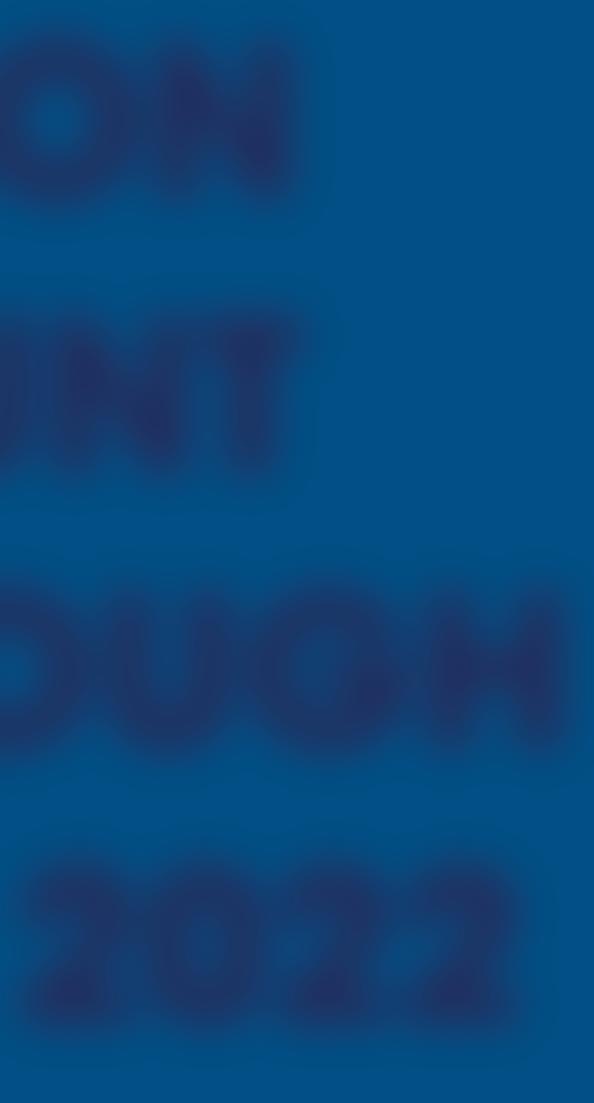








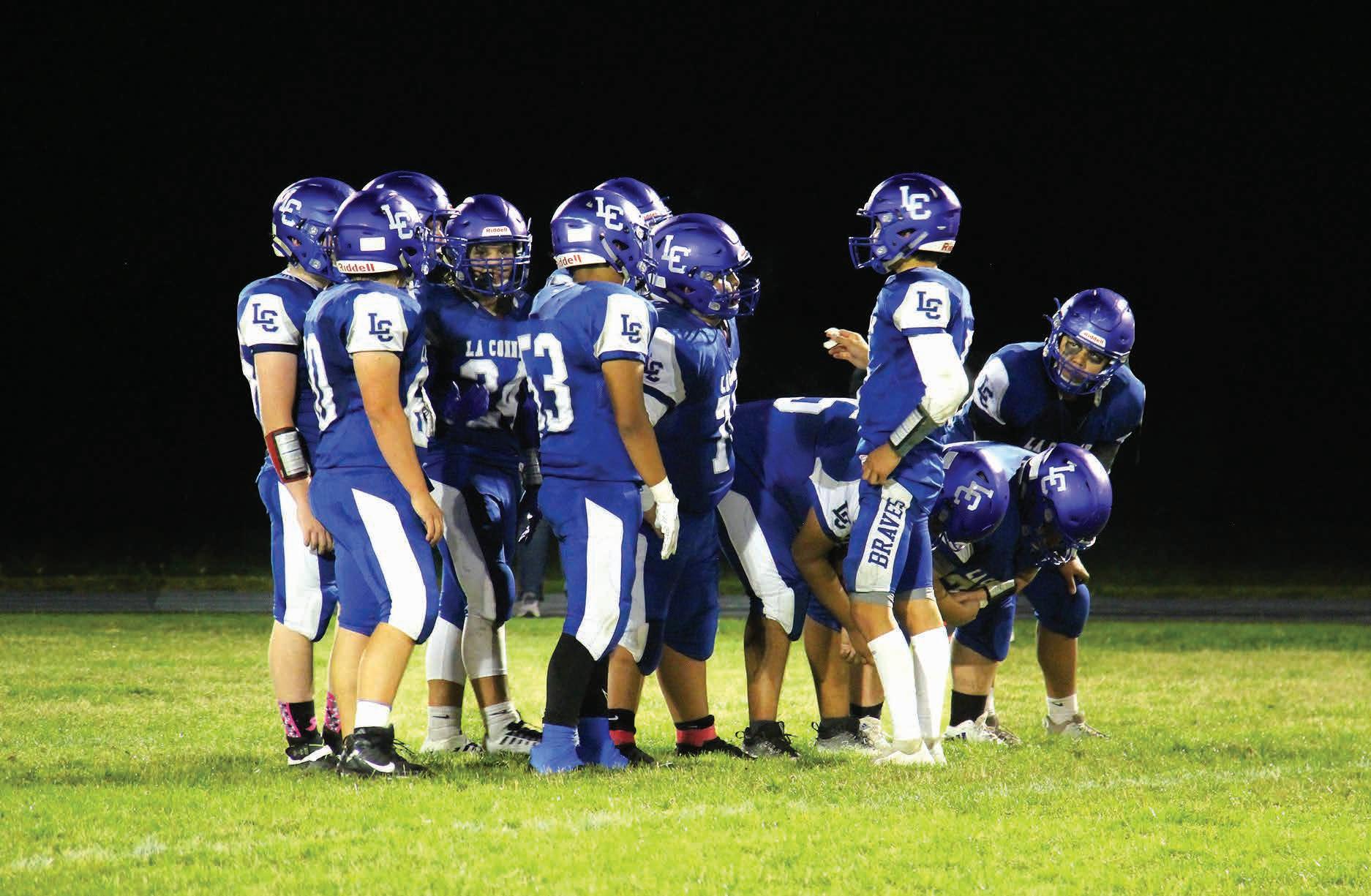
Sun High
2:45 AM 8.9ft
1:58 PM 11.3ft
Low 8:04 AM 5.0ft 9:00 PM -0.2ft
Sunrise: 7:42 AM Sunset: 4:18 PM
11 Sun High
8:10 AM 11.4ft 5:27 PM 8.9ft
Low 12:35 AM -1.2ft 1:56 PM 7.5ft


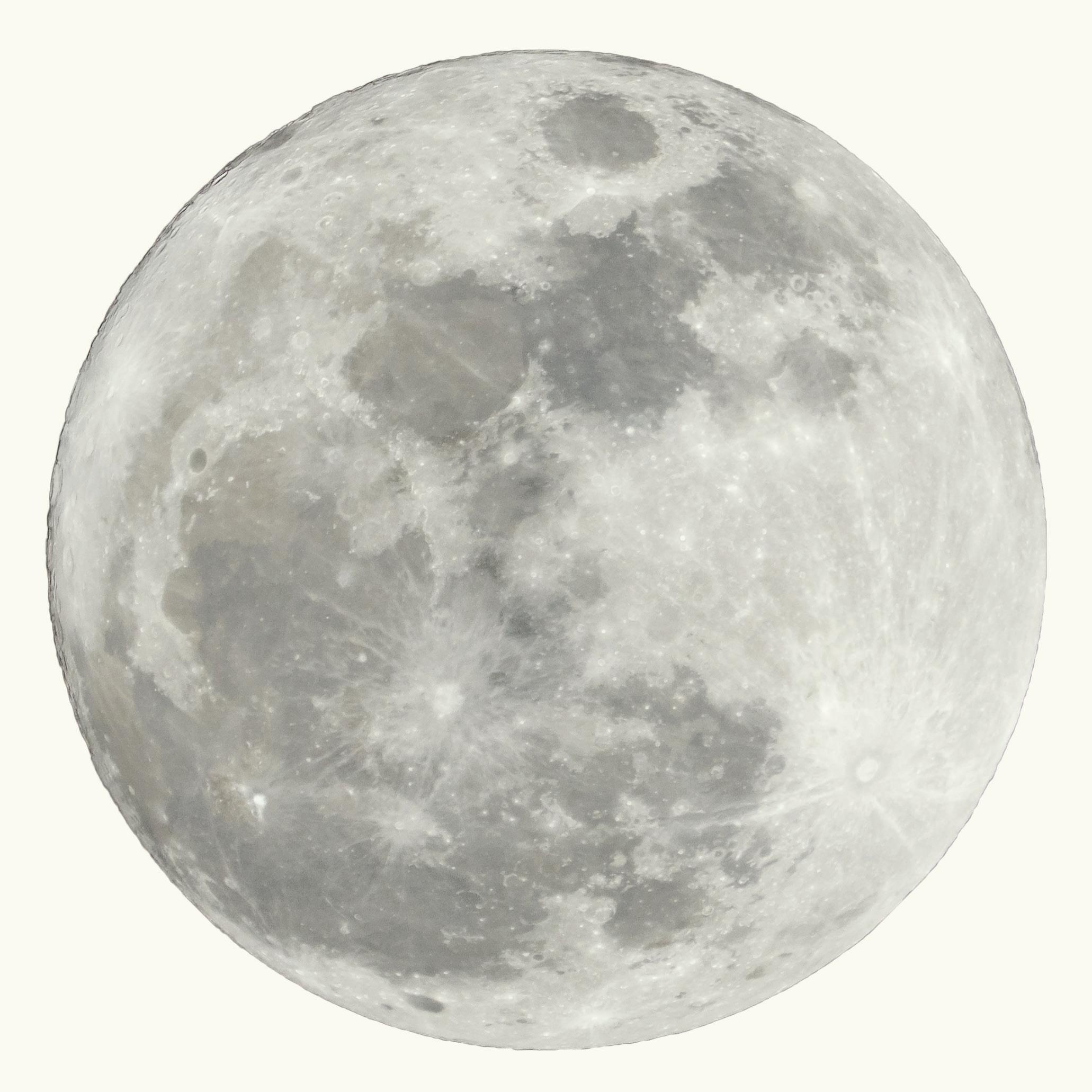


Sunrise: 7:49 AM Sunset: 4:17 PM
18
Sun High
1:00 AM 7.2ft 12:32 PM 10.8ft
Low
5:48 AM 4.8ft
7:45 PM 1.7ft
Sunrise: 7:55 AM Sunset: 4:18 PM
25 Sun High
7:25 AM 12.8ft
5:19 PM 10.6ft
Low
12:59 PM 7.4ft
Sunrise: 7:58 AM Sunset: 4:22 PM
High
3:45 AM 9.8ft 2:32 PM 11.1ft
Low 9:01 AM 5.7ft 9:38 PM -1.1ft
Sunrise: 7:43 AM Sunset: 4:18 PM
12 Mon High
8:52 AM 11.3ft 6:00 PM 8.4ft
Low 1:09 AM -0.7ft 2:51 PM 7.4ft
Sunrise: 7:50 AM Sunset: 4:17 PM
19
Mon High
2:13 AM 8.3ft 1:04 PM 10.8ft
Low 7:05 AM 5.7ft 8:23 PM 0.2ft
Sunrise: 7:56 AM Sunset: 4:18 PM
26 Mon High
8:12 AM 12.7ft 6:18 PM 9.9ft
Low 12:45 AM -3.3ft 1:58 PM 6.9ft
Sunrise: 7:59 AM Sunset: 4:22 PM
4:37 AM 10.5ft 3:05 PM 10.8ft
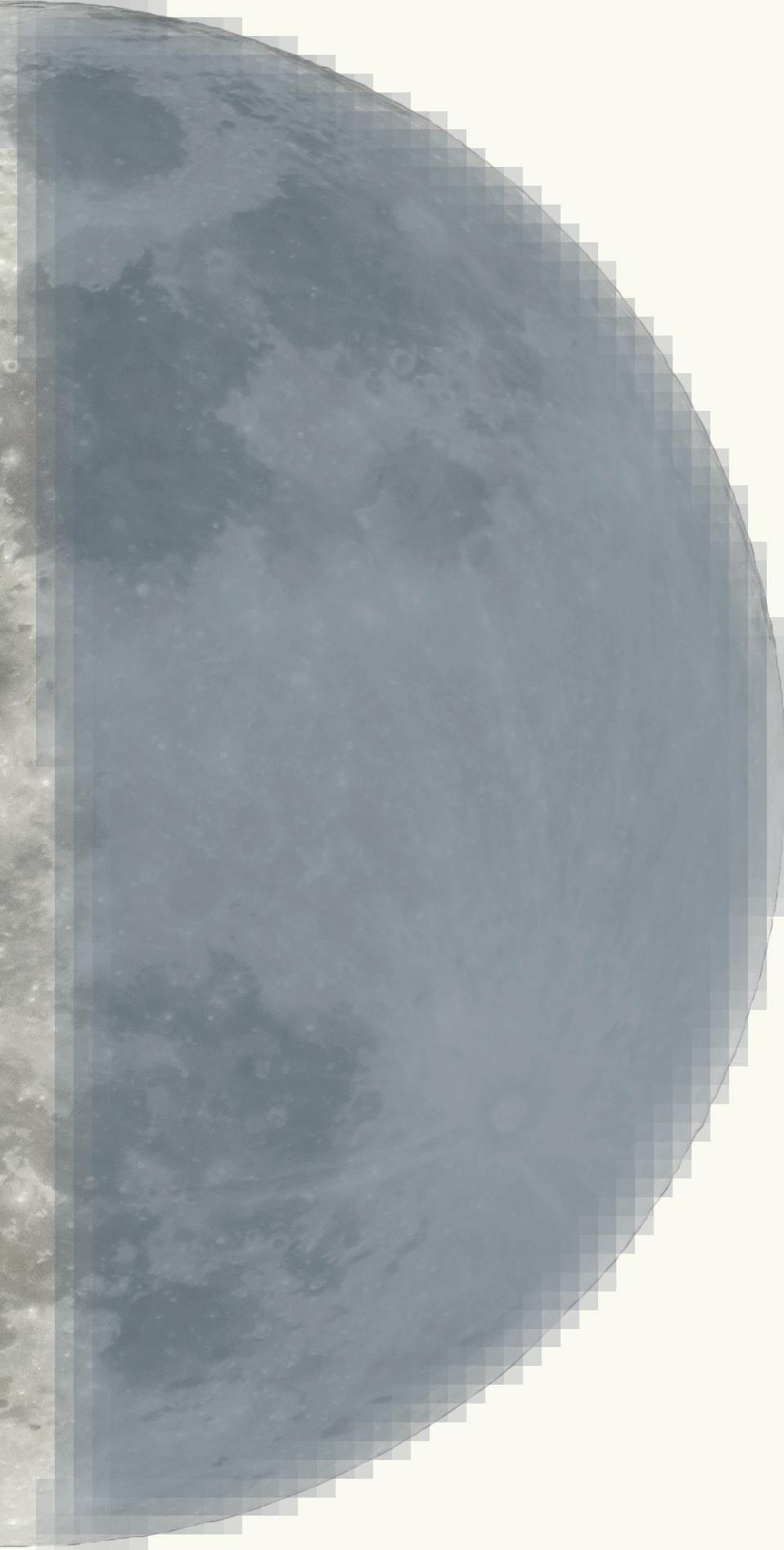
Low 9:53 AM 6.3ft 10:15 PM -1.6ft
Sunrise: 7:44 AM Sunset: 4:17 PM
13 Tues High
9:34 AM 11.1ft 6:42 PM 7.9ft
Low 1:43 AM 0.0ft 3:51 PM 7.1ft
Sunrise: 7:51 AM Sunset: 4:17 PM
20 Tues High
3:13 AM 9.5ft 1:38 PM 10.9ft
Low 8:17 AM 6.4ft 9:02 PM -1.2ft
Sunrise: 7:56 AM Sunset: 4:19 PM
27 Tues High 8:58 AM 12.5ft 7:26 PM 9.0ft
Low 1:34 AM -2.2ft 3:00 PM 6.2ft

Sunrise: 7:59 AM Sunset: 4:23 PM
High
5:24 AM 11.0ft 3:36 PM 10.4ft
Low 10:42 AM 6.8ft 10:51 PM -1.9ft
Sunrise: 7:45 AM Sunset: 4:17 PM
14 Wed High
10:15 AM 11.0ft 7:40 PM 7.2ft
Low 2:19 AM 0.8ft 4:48 PM 6.4ft
Sunrise: 7:52 AM Sunset: 4:17 PM
21 Wed High
4:08 AM 10.6ft 2:15 PM 11.0ft
Low 9:18 AM 6.9ft 9:42 PM -2.5ft
Sunrise: 7:57 AM Sunset: 4:19 PM
28
Wed High 9:44 AM 12.2ft 8:48 PM 8.2ft
Low 2:25 AM -0.8ft 4:04 PM 5.2ft
Sunrise: 7:59 AM Sunset: 4:24 PM
12:02 PM 11.7ft
Low 4:50 AM 1.4ft 6:42 PM 4.0
Sunrise: 7:38 AM Sunset: 4:19 PM
8 Thurs High
6:07 AM 11.3ft 4:05 PM 10.1ft
Low 11:30 AM 7.1ft 11:26 PM -1.8ft
Sunrise: 7:46 AM Sunset: 4:17 PM
12:03 AM 7.5ft 12:44 PM 11.6ft
Low 5:57 AM 2.8ft 7:33 PM 2.4ft
Sunrise: 7:40 AM Sunset: 4:19 PM
9 Fri High
6:48 AM 11.5ft 4:33 PM 9.7ft
Low 12:17 PM 7.3ft
Sunrise: 7:48 AM Sunset: 4:17 PM
3 Sat High
1:32 AM 8.1ft 1:22 PM 11.5ft
Low 7:03 AM 4.0ft 8:18 PM 1.0ft
Sunrise: 7:41 AM Sunset: 4:18 PM
10 Sat High
7:29 AM 11.5ft 5:00 PM 9.3ft
Low 12:01 AM -1.6ft 1:05 PM 7.5ft
Sunrise: 7:48 AM Sunset: 4:17 PM
15 Thurs High
10:53 AM 10.9ft 9:30 PM 6.6ft
Low 2:59 AM 1.7ft 5:40 PM 5.6ft
Sunrise: 7:53 AM Sunset: 4:17 PM 22 Thurs High
5:00 AM 11.6ft 2:55 PM 11.1ft
Low 10:15 AM 7.3ft 10:25 PM -3.4ft
Sunrise: 7:57 AM Sunset: 4:20 PM 29 Thurs High
10:27 AM 11.9ft 10:23 PM 7.6ft
Low 3:19 AM 0.9ft 5:06 PM 4.0ft
Sunrise: 7:59 AM Sunset: 4:25 PM
16 Fri High 11:28 AM 10.9ft 11:30 PM 6.6ft
Low 3:45 AM 2.7ft 6:26 PM 4.4ft
Sunrise: 7:54 AM Sunset: 4:17 PM 23
Fri High
5:49 AM 12.3ft 3:39 PM 11.1ft
Low 11:10 AM 7.5ft 11:10 PM -3.8ft
Sunrise: 7:58 AM Sunset: 4:20 PM
30 Fri High 11:09 AM 11.6ft
Low 4:17 AM 2.7ft 6:04 PM 2.6ft
Sunrise: 7:59 AM Sunset: 4:26 PM
17 Sat High
12:01 PM 10.8ft
Low 4:41 AM 3.7ft 7:07 PM 3.1ft
Sunrise: 7:54 AM Sunset: 4:18 PM
24 Sat High
6:38AM 12.7ft 4:27 PM 10.9ft
Low 12:04 PM 7.5ft 11:57 PM -3.8ft
Sunrise: 7:58 AM Sunset: 4:21 PM
31 Sat High
12:00 AM 7.6ft 11:50 AM 11.3ft
Low 5:21 AM 4.3ft 6:56 PM 1.2ft
Sunrise: 7:59 AM Sunset: 4:26 PM
SEPTEMBER 21 - Every generation owes it to the next seven generations to protect the environment.
At the rate populations are growing and the climate is changing, it’s getting harder and harder to be optimistic about what will be left for future generations. Last year, we saw salmon and shellfish die before our eyes as a result of record-breaking temperatures in the Pacific Northwest.
In her last Being Frank column before she passed away last year, NWIFC Chairperson Lorraine Loomis wrote: “We’re all paying the price of a steady decline in the ecosystems that sustain us and our economies. Tribes are facing immediate loss of our treaty-protected rights to fish, hunt and gather.”
Lorraine’s life’s work — like Billy Frank Jr.’s and like mine — was to fight to protect those treaty rights. Lorraine was a fierce advocate for the restoration of salmon and shellfish populations to harvestable levels for all tribes.
She also was fisheries manager for the Swinomish Tribe, where one of her long-term goals took shape last month on the shore of the Kukutali Preserve
Lorraine’s grandson Tandy Grossglass placed the first rock to form the foundation of a clam garden, a traditional practice that dates back thousands of years. It is the only known modern clam garden in the United States.
As the tribal community tends to the garden over time, broken shells, sediment, and gravel will fill in a terrace behind the wall, increasing the space where first foods such as clams, oysters, sea urchins, crabs and kelp can thrive. A generation from now, there could be harvestable amounts of shellfish on Kukutali.
This endeavor is an example of the way tribes look to traditional knowledge when planning for the next seven generations.
The clam garden is part of the Swinomish Tribe’s larger climate resilience strategy. In 2009, a climate impact assessment found that the reservation’s traditional shellfish harvest areas, such as those on Kukutali, were at risk of permanent inundation and potential loss.
Thousands of years ago, tribal communities used clam gardens to increase local food security and were able to modify the system to adjust to changes in sea levels. Increasing biodiversity also leads to a more resilient ecosystem, and the decomposing shells could help shellfish survive increased ocean acidification.
Tribes are leaders in climate science, we always have been. Our traditional knowledge benefits everyone. Our 2016 NWIFC Climate Change Report outlines our work to prepare for the inevitable by developing adaptation and mitigation plans.
We need more allies like U.S. Interior Secretary Deb Haaland, who visited my tribe on the Quinault Reservation after last year’s heat wave, saying, “As our coastal communities face the increasing threats of rising seas, coastal erosion and storm surges, our focus must be on bolstering climate resilience.”
During the lowest low tides of the hottest days of the 2021 heat dome, tribal shellfish biologists were among the first to report the deadly impacts — shellfish were being cooked alive on the beaches.
Biologists from the Swinomish, Jamestown S’Klallam and Skokomish tribes partnered with the University of Washington and others to analyze the damage in real time. In the publication of the results in the journal of the Ecological Society of America, it was noted, “Were it not for these observations, expertise gained over many years, and stewardship since time immemorial, this project would not have been possible.”
The heat dome was yet another warning sign that we can expect more frequent extreme heat events, leading to shellfish deaths like these, as well as the mass salmon die-off that we saw on the Nooksack River. More than 2,500 Chinook salmon died before they could return to their hatchery, killed by diseases caused by high water temperatures and low streamflow.
We have not yet experienced the full effects of those mortalities. The high temperatures killed shellfish during a time when they should have been reproducing. The hatchery salmon were on their way to be spawned as part of the Lummi Nation and Nooksack Tribe’s recovery program to bring South Fork Nooksack Chinook back from the brink of extinction. We’ve lost generations of shellfish and salmon because of one extreme heat event.
That’s why climate resilience projects like the Swinomish clam garden are essential. By looking back on thousands of years of traditional knowledge, the Swinomish Tribe is looking ahead to protect shellfish for future generations.
Being Frank is a column written by Chairman Ed Johnstone of the Northwest Indian Fisheries Commission. As a statement from the NWIFC chairman, the column represents the natural resources management concerns of the treaty tribes in western Washington.
October 18 marked the 50th Anniversary of the Clean Water Act. The act was established in 1972, and gave responsibility to the states to address pollution and regulate water quality. Further, the Clean Water Act authorizes the Environmental Protection Agency (EPA) to delegate the establishment of water quality standards on Indian lands to tribes.
The development and implementation of Water Quality Standards has been a long and on-going process; however, the ability to adopt and implement water quality standards is a way for the Swinomish Tribe to assert its sovereign powers, and protect the reservation’s water resources for the tribe and all reservation residents.
Our water quality standards were first drafted after the Northwest Indian Fisheries Commission released a Tribal Water Quality Standards Template in 1994.
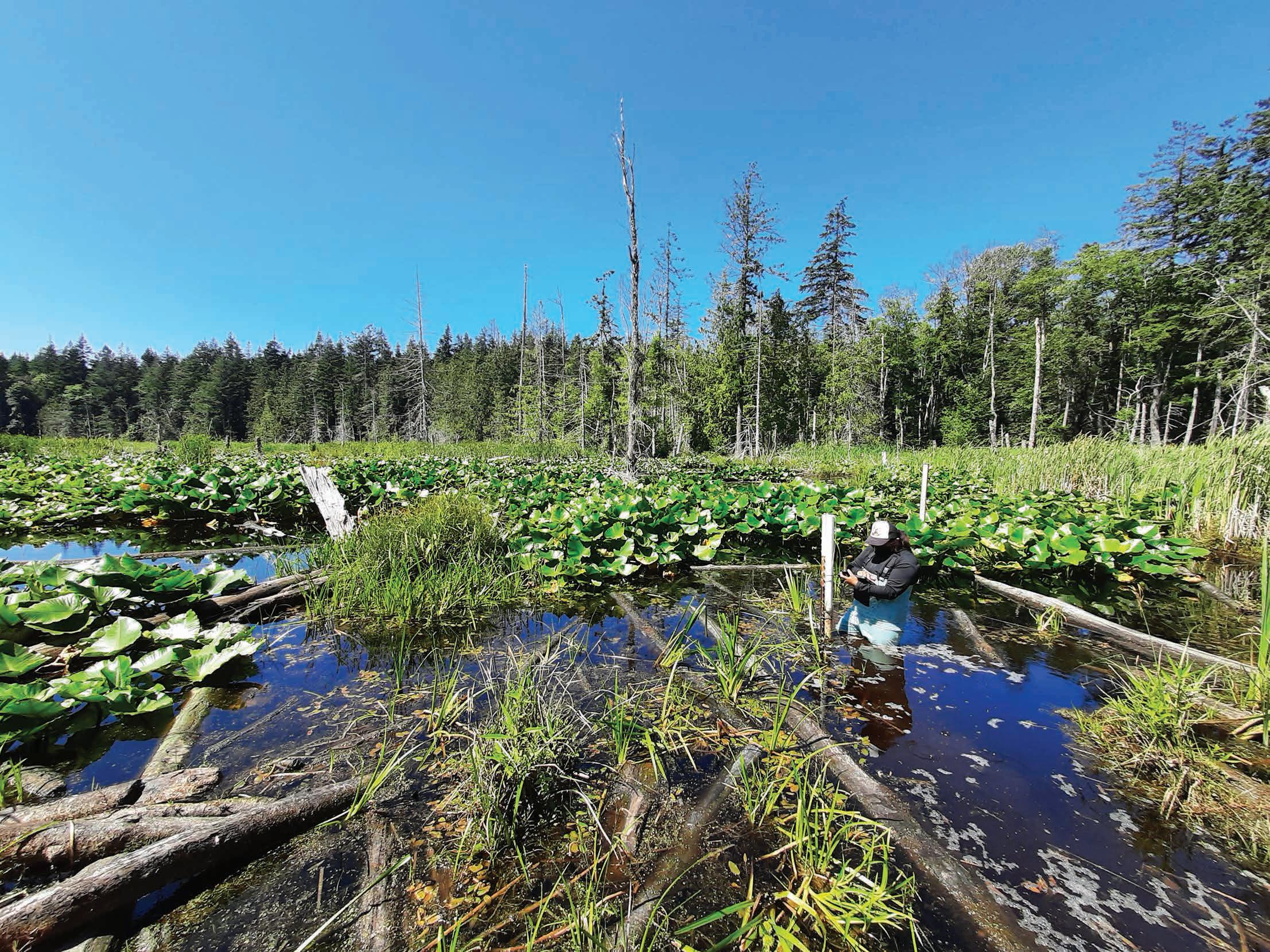
In April 2008, Swinomish was approved by the EPA for treatment in the same manner as a state, which allows us to adopt our own water quality standards. From there, the Department of Environmental Protection then worked with the EPA to revise the draft.
In 2017, the Swinomish Water Quality Standards were approved by the Senate and the code (Ordinance #364) was passed. This code is a mechanism for managing and regulating the quality of surface waters of the Swinomish Indian Reservation by establishing water quality goals for all surface waters, and by providing a legal basis for regulatory controls. These water quality standards monitor temperature, dissolved oxygen, pH, coliform bacteria, Enterococci bacteria, and toxic pollutants along with general aesthetics.
The standards were sent to the EPA for approval, and in 2019, the EPA approved the bacteria indicators of our proposed water quality standards. Aquatic life criteria (temperature, dissolved oxygen, turbidity, pH, and acute and chronic toxic pollutants) are awaiting further approvals from the EPA or consultations with additional agencies.
The Department of Environmental Protection actively monitors bacteria indicators in order to uphold these standards, and facilitate the management and protection of our natural resources. Several additional parameters that are listed in the standards but awaiting approval are also currently monitored. The implementation of water quality standards helps to protect the wildlife, fish and shellfish harvests, and ensure that the water is safe for all to enjoy.
 STEVE EDWARDS, SWINOMISH CHAIRMAN
STEVE EDWARDS, SWINOMISH CHAIRMAN
Fifty years ago this month, Congress passed the Clean Water Act to remedy the widespread pollution in our rivers and streams. The goal was to clean up our waterways to provide “for the protection and propagation of fish, shellfish, and wildlife” by 1983. Despite this aspirational mission, Puget Sound rivers and streams are increasingly imperiled by temperature pollution. In lowlying areas, too many trees have been removed along streams and rivers, allowing solar radiation to increase water temperatures.
As People of the Salmon, the Swinomish Tribal Community and our Coast Salish relatives have protected the forests along our streams since time immemorial. Streamside trees ensured that waters were pure and cold for salmon, which fed our families and orcas for thousands of years.

Now, things are out of balance because many of those trees are gone. Plain and simple — too many streams are too hot for fish. Fixing this widespread problem is key
to recovering salmon for the next seven generations. Warm streams harm salmon by reducing available oxygen and allowing diseases and bacteria to spread. This affects all those dependent upon salmon, like endangered orcas.
But the effects of this problem are not in the future. They are already here, and they are devastating. Last year in September, the Lummi Nation watched in disbelief as 2,500 adult Chinook, returning to the South Fork Nooksack River died due to a warm water bacteria.
The solution might be clear, but it is not without complexity or cost. Prior generations cleared land of tree cover for farming and development. While all Washingtonians lose out when salmon and orca are threatened, the challenge to repair the habitat needed to ensure their survival falls more heavily on some than others.
Because salmon are a public resource, state and federal funding should support payments to
landowners whose property abuts salmon streams. We are going to have to compensate them to grow trees instead of whatever else they might be doing with the stream banks. To succeed, we estimate that we will need to plant millions of trees each year for a decade.
The cost could approach an estimated $100 million each year, but the cost of inaction is unthinkable. We could lose the iconic species who have sustained our region for thousands of years. The good news is that federal climate resiliency moneys are available, and we urge the state to secure riparian restoration funding now.
On the 50th anniversary of the Clean Water Act, we must finally do what is necessary to restore streams so that they are once again habitable for salmon. We urge all Washingtonians to embrace the shared responsibility to heal some 2,000 miles of overheated Puget Sound waterways. We cannot delay action any longer. Climate change will only speed up this problem. Let us commit to reforesting
Nookachamps Creek riparian plantings Photo by Brenda Clifton, SRSCour salmon streams within the next decade to provide climate resiliency for our salmon and orcas.
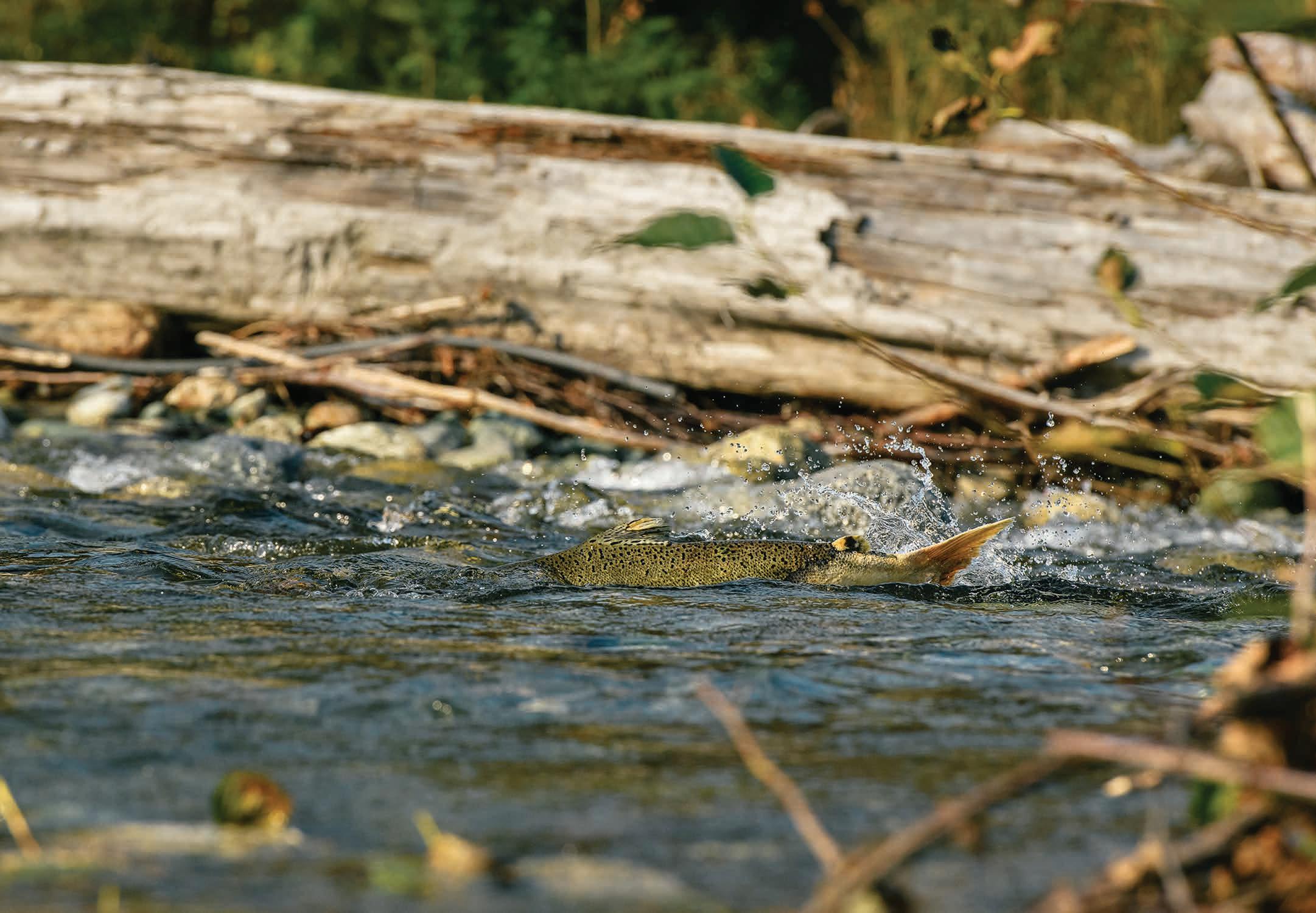
"Planting millions of trees along salmon streams will restore a small amount of land, including agricultural land, back into what it once was — streamside forests."
Using federal climate resiliency funds, we can plant and grow these trees to cool stream temperatures and grow salmon that feed orcas and all Washingtonians. Let us commit to fixing this crisis over the next decade to finally put our salmon and streams on the pathway to recovery.
SEPTEMBER 6 The Society for Ecological Restoration Northwest Chapter’s Restorationist of the Year for 2022 was awarded to Senior Restoration Botanist, Brenda Clifton. The award is given “for recognition of individual efforts to promote ecosystem health, integrity and sustainability through ecological restoration.”
Each year, SERNW recognizes individuals and efforts in restoration throughout the Cascadia Bioregion. To be awarded as Restorationist of the Year, you must excel in ecological restoration and then be nominated to the SERNW.
Brenda Clifton was awarded for her work with the Habitat Restoration program of the Skagit River
System Cooperative for the last 14 years. She was applauded for her efforts to build the restoration practitioner community in Western Washington through creation of the WesternWARiparianWorkGroup listserv, and annual riparian restoration conference.
The Skagit River System Cooperative was created by the Sauk-Suiattle Indian Tribe and the Swinomish Indian Tribal Community to provide natural resource management services. The Skagit River System Cooperative works to improve fisheries within the usual and accustomed fishing areas of these two sovereign nations, which includes the Skagit and Samish River basins. Fisheries management includes harvest and hatchery management,



Fun fact: The Skagit River System Cooperative (SRSC) has installed over 400,000 trees in the 15 years that Brenda Clifton has worked for the SRSC.
research, environmental review, habitat restoration, and a range of other activities.
In her acceptance speech Brenda said, “I’m so proud to work for the member tribes, we share the same values to protect the land, water, and ecosystems.”
Brenda was asked what this award means to her, she said, “It’s been a dream of mine [to be a restorationist] and if there is one award to obtain – this is the one; I’m finally seeing my dream come into fruition.”
Brenda Clifton at Hansen Creek Chinook salmon at Illabot Creek Photo by Erik Mckelson, SRSC


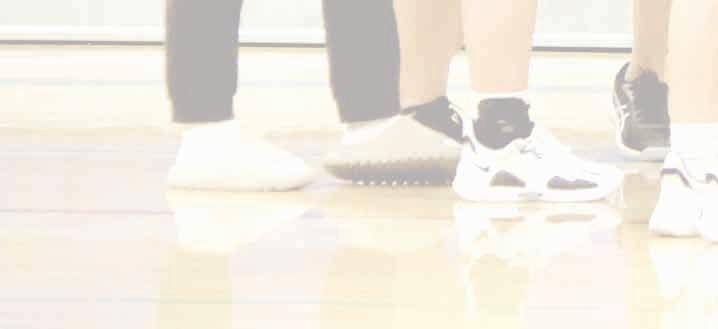
My name is Amanda Buck, but most people know me as Mandy. I have lived in La Conner for most of my life and have worked for the Swinomish Tribe for almost 10 years in the Education Department. I am excited to take this next step into working with Swinomish elders and hope to develop an intergenerational program that creates opportunities for our youngest children to interact with our elders.
I have a bachelor’s degree in recreation management with a minor in gerontology. Gerontology is the study of aging; I learned about the physical, mental, emotional, social, and economic aspects of aging. Prior to working for the tribe, I spent 12 years in the field as an Activity Director for a wide variety of senior living and community situations.
What can we do to make the lives of our elders fuller and healthier, so that they are able to stay in the community as long as possible? My goal is to run a program with an emphasis on fitness, nutrition, and social/emotional well-being. We will restart the monthly Birthday Lunch to celebrate elders’ birthdays when we open. Weekly shopping trips and walking groups, and trips to see movies are also in the works!
Programming and services that I would like to implement include:
» The WELL-Balanced Program – Wise Elders Living Longer
• Conduct physical activity assessments
• Exercise, with levels varied based on the needs of the individual
• Home visits to ensure that they are free of hazards, and to assist with access to supports that they need to safely stay in their homes
• Engagement in a variety of social activities
• Support families with strategies and habits
» Management of illnesses
» Implement caregiver classes to assist family members in keeping aging family members in their homes longer and safer
» Collaborate with the Boys & Girls Club and other staff on an intergenerational program
» Create support groups
» Provide transportation to La Conner School District events
Plan more activities at the Senior Center after lunch: painting, beading, sewing, etc.
Amanda Buck: abuck@swinomish.nsn.us. I look forward to hearing more ideas and welcome any suggestions that the community may have so that we can grow this program to serve our elders now and into the future.
As a new member of the Communications Department, Sarah is diving headfirst into the role of Content Journalist. Born and raised in Iowa she traded tallgrass prairie for the coastal forests of western Washington in 2010, but has also spent several seasons working in the fishing industry in Alaska, and once spent a year working and living in Aoteroa (New Zealand). She has a B.A. in art and English, and more recently obtained her M.Ed. in environmental education from Western Washington University.
Some of the numerous hobbies that Sarah’s collected over the years include: trying to identify every plant spotted trailside, acquiring houseplants and art supplies, and growing a dye garden. She also enjoys the constant antics of her two cats, Fish and Chips, as well as backcountry canoe trips into the Boundary Waters.
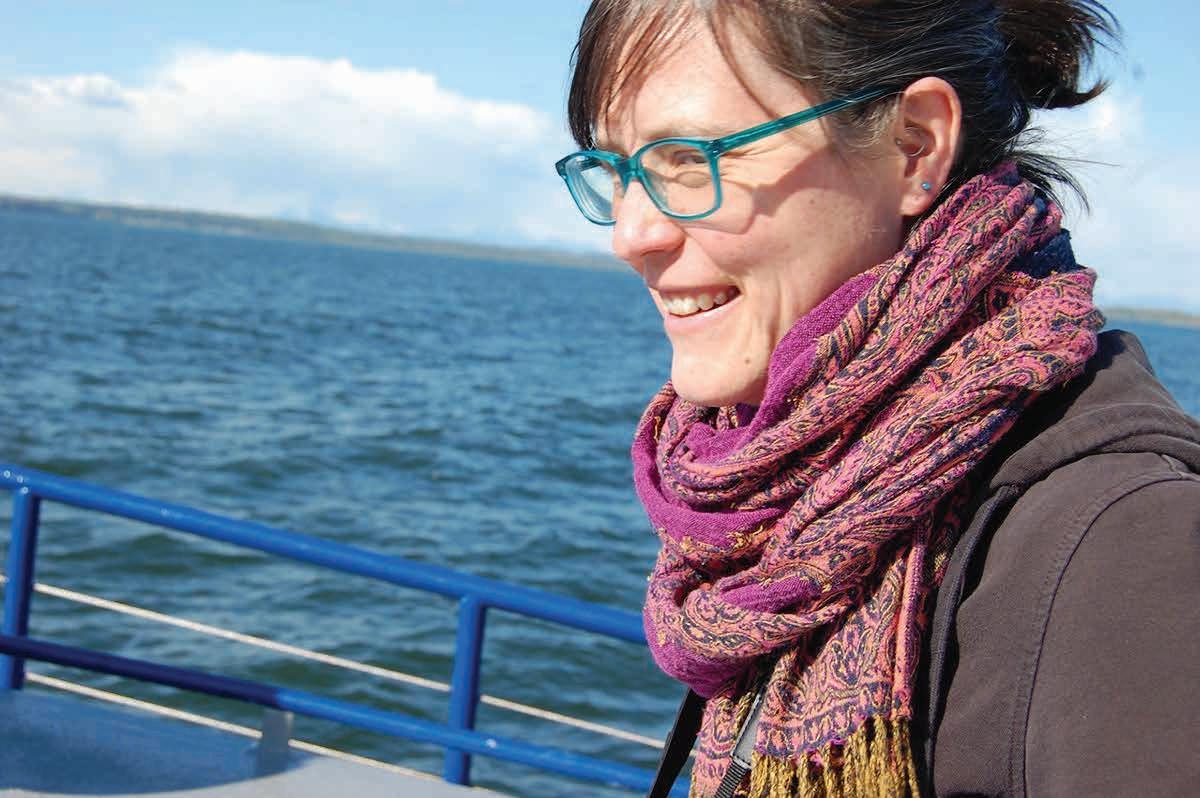
She is grateful to be given the opportunity to work for the Swinomish Tribe, and is looking forward to making connections and learning about and from the community.

Hello Swinomish! My name is Katie Bassford. My parents are Kurt and Cathi (Edwards) Bassford. For those of you that don’t know me, I worked at the Swinomish Youth Center for the past 16 years. I am now the Staff Photographer for the Communications Department. For over 20 years, I have taken pictures from here at Swinomish all the way to Europe and Australia. Photography has always been a passion of mine, and I am so excited to capture all of Swinomish’s great moments for everyone to cherish for many years to come.

Construction has begun at Tallawhalt II! Over the next three years, this area will be transformed into a diverse housing community for Swinomish Tribal members. The first home is moving along quickly, and clearing has begun for an additional 15 single family homes. Planning for apartment homes and cottages is in process for the 2023/2024 building season.
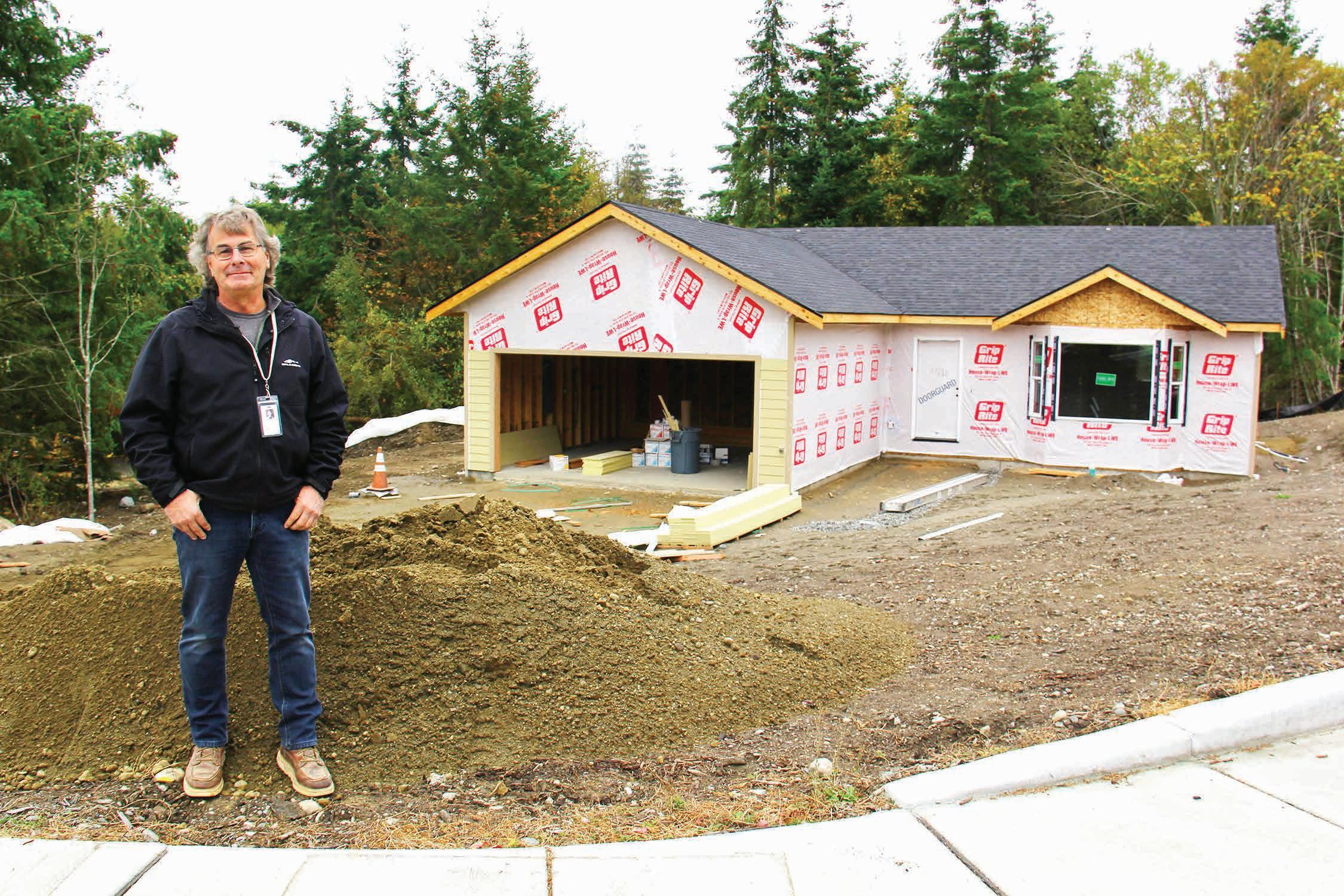
This will be an active construction site for the next couple of years. During construction, these streets are closed to the public. Hard hats, goggles, and PPE will be required to enter the job site. Please do not walk through cleared lots, disturb building materials, or walk through homes being built without an escort. Active construction sites can be dangerous, and we would like to minimize any chance of injury to the public. You will not be covered by Tribal or Contractor liability insurance if you are injured while on site without an escort.
There is a lot of excitement in the community surrounding this development and work will move quickly. Project Manager Gary Nelson will be providing tours on Thursday mornings at 10:00 a.m. starting January 5th. If you would like a tour, please email t2@swinomish.nsn.us by the Wednesday before to participate. If we do not receive email requests, we will not run the tour for that week. Please call (360) 708-3139 if you have any questions.
In August, the Biden-Harris administration announced a onetime plan to reduce student loan debt for low- and middle-income individuals. Individuals with Federal Student loans who earn less than $125,000 a year or households that earn less than $250,000 will qualify. Borrowers who received Pell Grants will be eligible for up to $20,000 in relief, and non-Pell Grant borrowers up to $10,000. It has been estimated that up to 95% of Federal loan borrowers will qualify for this onetime relief.
While the application will be open through December 2023, it is encouraged to apply by midNovember 2022 so that the relief can be applied to loans prior to payments resuming on January 1, 2023.
The application has been described as “short and simple”, requiring only a name, social security number, contact information, and selfreported income verification. The Department of Education may reach out to individuals regarding further income verification. Loan servicers will notify borrowers once the relief has been applied to their account.
For more information on income eligibility, which loans qualify, how relief will be applied, and more visit: studentaid.gov/ debt-relief-announcement/ one-time-cancellation
The application is live, and can be found at studentaid.gov/ debt-relief/application
Did you know that, as an island, the Swinomish Reservation receives all of its freshwater through precipitation? As an “island aquifer” this means that the Tribe has more control over the activities that affect its water, but because the watershed is small and lacks the buffering effects of a larger system, it is also more vulnerable.
As the climate changes, so does the Earth’s water cycle. Swinomish is seeing warmer, drier summers and winters with more intense storms and flooding. These conditions mean that less water is infiltrating into the ground, contributing instead to stormwater runoff.
Contrary to how it sounds, stormwater is not just excess water from storms. It also includes water runoff from streets, parking lots, constructions sites, lawns, and homes—spaces with surfaces that prevent water from soaking into the ground. This
runoff drains into systems that are not always capable of filtering the water before it is pumped into the Skagit River or Skagit Bay. This lack of filtering makes it important to limit the runoff before it enters the drain systems.

What actions can you take towards protecting our freshwater resources? Some of the easiest ways include taking small water conservation steps at home. These contributions can include fixing a dripping faucet or running toilet, being mindful about watering (morning is best), doing dishes and laundry only when you have a full load, and installing low flow fixtures.
Climate adaptations that can be added to your home include installing a rain barrel, planting native plants, or building a rain garden.
Rain barrels collect rain water from your roof, which can then be used
for watering your garden. They can be purchased pre-made from Skagit PUD, or are relatively easy to build.
A rain garden is specifically designed to collect rain water. They benefit the environment by slowing water runoff and allowing water to infiltrate into the ground, a process which also filters out pollutants. Because they are typically planted with native plants, rain gardens also benefit native wildlife, birds, and pollinators. Additionally, since native plants are adapted to the local environment they require less maintenance.
Our Department of Environmental Protection built the rain garden along Snee-oosh Road near the intersection with Squi Qui Road in 2014. You can see it in action during storm events!
Remember that any action you take can have a meaningful impact on our water availability and resources!


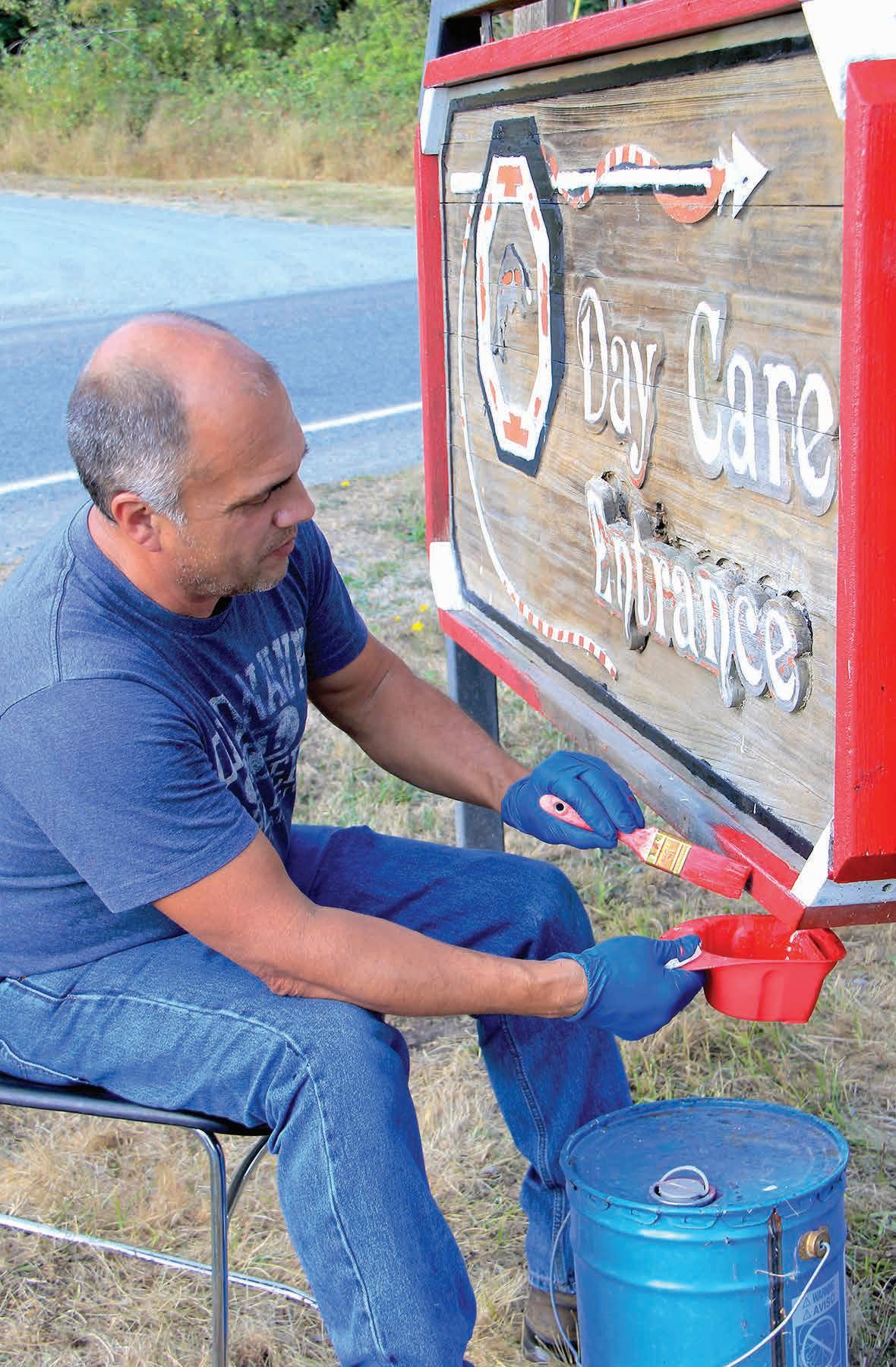


 Myk Heidt and Austin Edwards supervise the preparation of their critter box for the cold winter months at 13 Moons Garden.
The Dental Clinic staff take a break to show off their pearly whites.
Myk Heidt and Austin Edwards supervise the preparation of their critter box for the cold winter months at 13 Moons Garden.
The Dental Clinic staff take a break to show off their pearly whites.
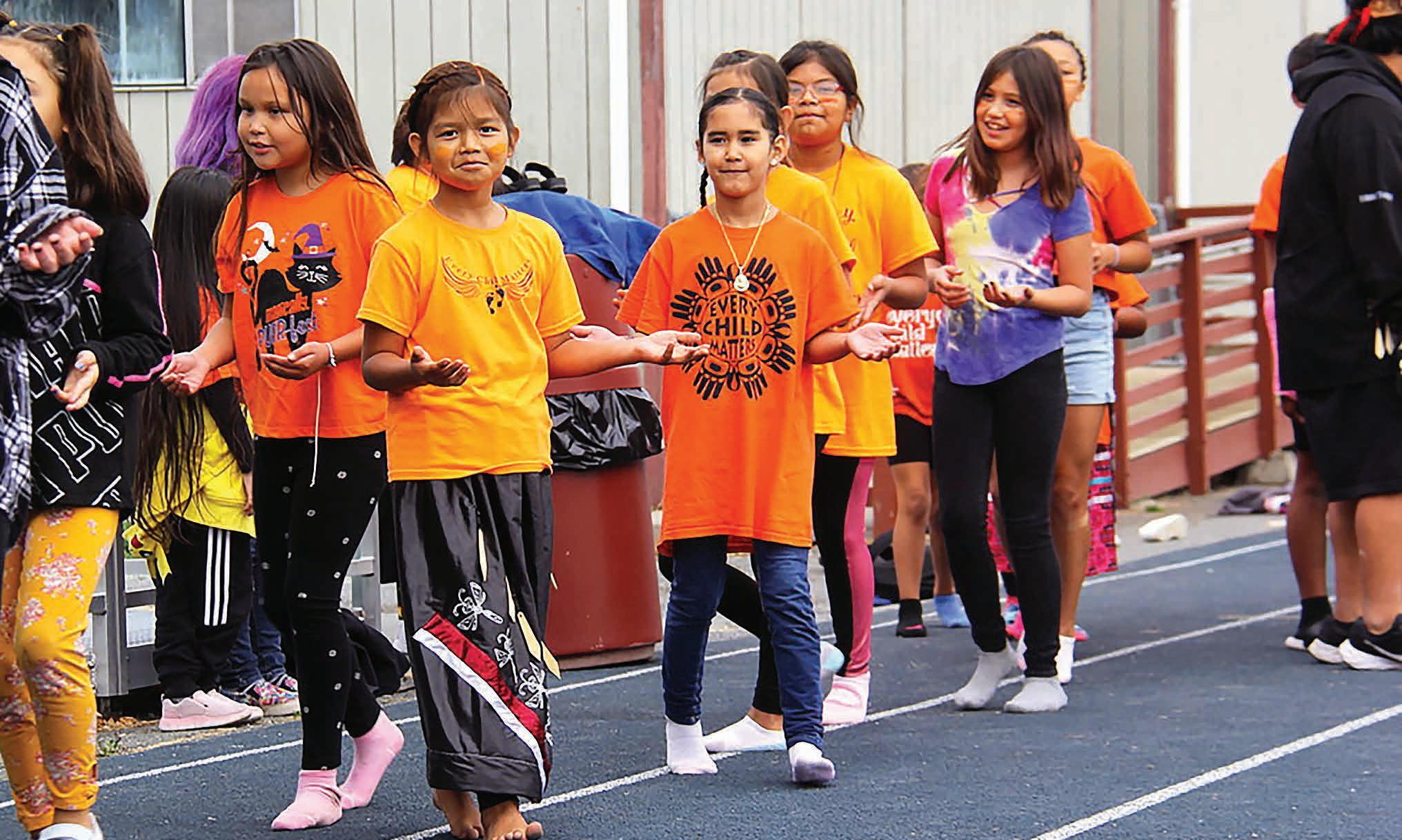




















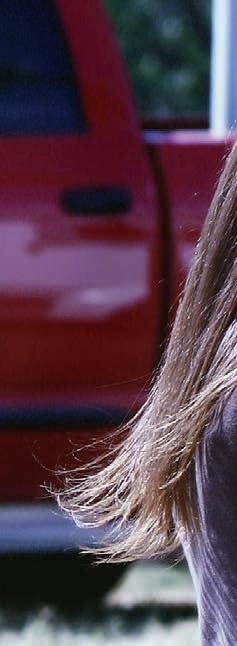





















November is Mouth Cancer Action Month. Come in for an exam, and receive a thorough head and neck oral cancer screening during your visit. The early signs and symptoms of most cancers and conditions start in the mouth, head, or neck and often your dental provider is the first to notice any abnormalities. If they do, they will encourage you to seek medical care so that your primary care physician can evaluate it, and have it treated quickly and properly.
If you notice any red or white patches, long-lasting mouth ulcers, or unusual lumps and swellings in the mouth, lips, head, and neck - go see your dental provider.
November is also Diabetes Awareness Month: your oral health is an important contribution to managing diabetes and staying healthy.
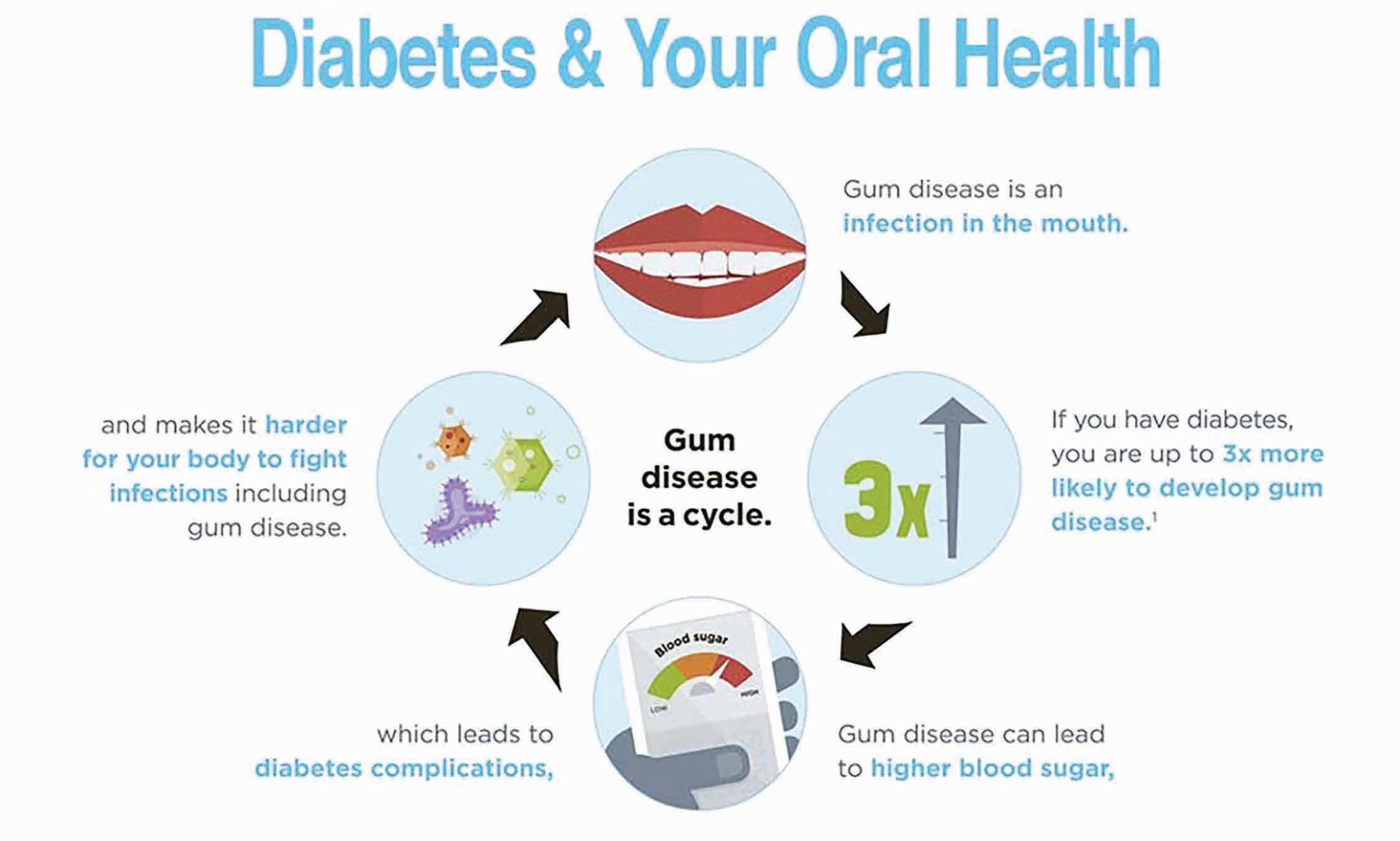
Call the Swinomish Dental Clinic (360)466.3900 to schedule your appointment for an exam, and you’ll also get an oral/ head and neck cancer screening during your visit.
Dental hygienists are an important part of any dental home. Hygienists are healthcare professionals who are trained to maintain patient oral health through routine dental procedures – such as radiographs, cleanings, education, and other preventive care. A career in dental hygiene gives you an opportunity to help others, support yourself and family, and grow in a profession that is flexible yet steady. Below are some reasons why a Dental Hygiene career may be for you:
Ability to help others – hygienists establish trust and relationships with their patients, and can be a key factor in improving a patient’s health.
Career advancement opportunities – dental hygiene can take you outside of the clinic and into research, sales, education, and leadership roles.
Competitive wages – careers in dental hygiene enable you to comfortably support yourself and your family.
Schedule flexibility – part- or full-time opportunities are available, which allow you to balance family and career.
Steady employment – only Registered Dental Hygienists can fill needed positions, adding to the continued demand.
Our Dental Clinic is thankful to have an amazing individual in the role of Office Manager: Jessica Ortez.
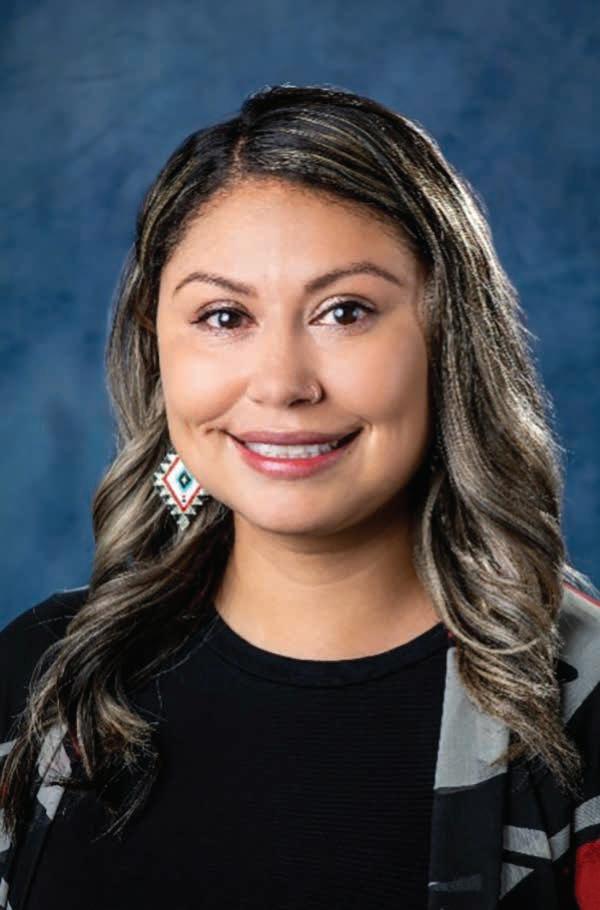
We are grateful to all that she does for Swinomish Dental, and we want to recognize her many talents.
Jessica leads with a community-first mindset, and empowers others to be the best versions of themselves. She fosters an environment of learning and organization through her skills, all while holding high standards.
Jessica raises the level of care of the clinic by providing support and encouraging teamwork - which equates to providing the best care to our wonderful patients.
In addition to her managerial excellence, she is pursuing graduate education, and balances that with family life so beautifully.
Thank you, Jessica, for all you do!
The Affordability Connectivity Program provides eligible households a discount of up to $30 per month towards internet service, or up to $75 per month for households on qualified tribal lands.
Two of the more common internet providers offering this program are Ziply Fiber and Astound Broadband (formerly WAVE).
The link above takes you to the online application. You will receive email notification once your completed application has been reviewed. Contact your current internet provider with further questions or assistance.
LIFELINE IS A FEDERAL PROGRAM THAT HELPS LOWER THE MONTHLY COST OF YOUR PHONE OR INTERNET
You may qualify for a discount if you live on Tribal lands* AND can provide proof for any ONE of the following:
» Your income is at or below 135% of the federal poverty guidelines, OR
» You participate in any ONE of these government benefit programs:
• Supplemental Nutrition Assistance Program (SNAP)
• Medicaid
• Federal Public Housing Assistance (FPHA)
• Veterans Pension and Survivors Benefit
• Supplemental Security Income (SSI)
• Bureau of Indian Affairs General Assistance
• Tribal Head Start (income based)
• Tribal Temporary Assistance for Needy Families (Tribal TANF)
• Food Distribution Program on Indian Reservations Assistance
• WHAT IS A HOUSEHOLD?
• You can have multiple households at one address, for example:
» Four adult family members that live at the same address, but do not share income and expenses, may each have their own Lifeline benefit.
» If you share housing with someone who already receives Lifeline, complete the Household Worksheet that is available on our website, or through your phone or Internet company.
Apply Online: Find the online application at nv.fcc.gov/lifeline
Mail Your Application: Print an application from LifelineSupport.org
Contact a phone or Internet Company: Find a company that provides Lifeline at LifelineSupport.org - Click Companies Near Me.
You may need to show proof that you qualify for Lifeline, such as:
» A copy of your SNAP or program letter OR
» A copy of your pay stub or tax return to prove your income is at or below 135% of the federal poverty guidelines.
» Check the “Tribal Lands” Box.
» Provide a Tribal ID Number if a SSN is unavailable.
» Your Lifeline company can help determine whether your address is on Tribal lands.
» Ask your service provider about Tribal Link-Up. You may be able to get up to $100 toward your connection to home service.
NOTE: An applicant living at a residence without an identifiable address will be asked to provide Geocoordinates for the physical location. If you don’t have this information, you can provide USAC a map that identifies the location of the residence, landmarks, and distances.
Use
If your mobile phone or Internet is free, use it at least once every 30 days to keep the benefit.
Each year, Lifeline will conduct a check to ensure you still qualify for the benefit. We will review databases that can verify your participation in qualifying programs.
We will send you a letter asking you to recertify your benefit ONLY if we are unable to confirm you are still eligible.
What to do if asked to recertify:
» Call (855) 359-4299 OR
» Complete the form online at nv.fcc.gov/lifeline OR
» Complete the recertification form and mail it to: Lifeline Support Center P.O. Box 7081 London, KY 40742
You may check your Lifeline Benefit status anytime by calling the Lifeline Support Center, (800) 234-9473.
If you live in CA (CaliforniaLifeline.com), OR (Lifeline. Oregon. gov), or TX (TexasLifeline.org), visit the website for your state to find out how to recertify.
You may change the phone or Internet company registered with Lifeline at any time. To do so:











» Talk to your new company to make the switch—some companies may have transfer costs.
» Reapply to Lifeline to confirm you are still eligible.

» Search for a phone or Internet company at LifelineSupport.org.


» Click "Companies Near Me"

(800) 234-9473 | 9 am-9 pm ET | 7 DAYS PER WEEK
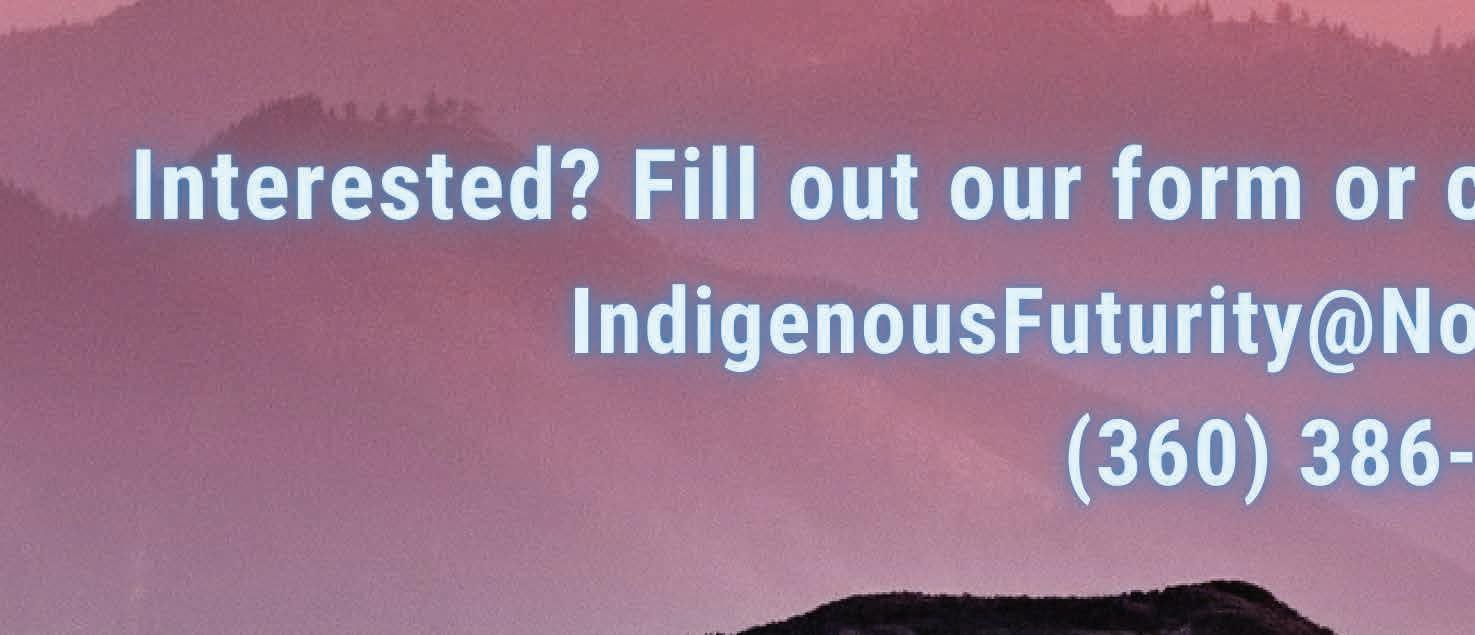
LifelineSupport@usac.org | LifelineSupport.org
If you have a disability and need assistance with your application, contact the Lifeline Support Center.
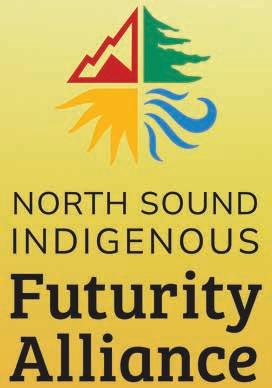
It is normal to have concerns about how the COVID-19 vaccines might impact reproductive health. The CDC recommends COVID-19 vaccines for everyone 6 months and older, including those who are trying to get pregnant now, or who may become pregnant in the future. There is currently no evidence that any vaccines, including COVID-19 vaccines, cause fertility issues now or in the future.
Some readers may be sensitive to the topics covered in this document due to previous struggles with fertility, the historical trauma of racist treatment of people of color, or general disregarded health complaints of women/trans men and women/ gender nonconforming people, within the medical field.
See below to learn answers to some common questions about the COVID-19 vaccine and reproductive health.
Q: Will my ability to have children be affected by the COVID-19 vaccine?
There is no evidence that any vaccine, including COVID-19 vaccines, affects fertility, regardless of sex/ gender. The vaccines work with your body’s immune system to fight the coronavirus, and does not interfere with your reproductive organs. In clinical trials of COVID-19 vaccines, and in a large prospective study of couples trying to conceive, rates of becoming pregnant were the same for those receiving COVID-19 vaccines and those not receiving the vaccines. The COVID-19 vaccines are safe and effective. The Centers for Disease Control and Prevention (CDC), American College of Obstetricians and Gynecologists (ACOG), and Society for Maternal-Fetal Medicine (SMFM) recommend the COVID-19 vaccine for people who are pregnant, lactating, or planning to get pregnant.
Visit this link to hear from Dr. LaSalle on why COVID vaccination is recommended: Fertility and COVID-19 Vaccines -YouTube
A portion of COVID-19 vaccinated individuals have reported changes in their menstrual cycle after getting vaccinated; such as longer-lasting periods, shorter intervals between periods or heavier bleeding than usual. In a 2022 study, it was found that menstruating individuals who received a COVID-19 vaccine had a less than one-day increase in the length of their menstrual cycles around the time of their doses. A one-day variation is within the normal range of variation of menstrual cycles. Despite these potential temporary changes in the menstrual cycle, there is no evidence that COVID-19 vaccines cause fertility problems. A change in your cycle may change the timing of your ovulation. People who use natural family planning and other methods that rely on cycle tracking may find it more difficult to pinpoint ovulation and avoid/plan pregnancy. Talk with your provider to discuss your cycle and learn more regarding family planning.
According to Planned Parenthood, there is no evidence that the COVID-19 vaccine makes birth control more or less effective. At this time, there are no reports from vaccinated individuals that their birth control stopped working after getting a vaccine. While reports of menstrual cycle changes are present, this does not affect how well a person’s birth control works. This could create difficulty in tracking menstrual cycles and ovulation periods; people who use natural birth control, such as the fertility awareness method,
may find it difficult to know when they are ovulating. There are tools that can help individuals track their ovulation. It is recommended to with your provider about your options and to learn more.
There is no evidence that shows that any vaccines, including COVID-19 vaccines, cause those with male reproductive organs issues with infertility or impotence at this time. A recent small study of 45 healthy men who received an mRNA COVID-19 vaccine looked at sperm characteristics, like quantity and movement, before and after vaccination. Researchers found no significant changes in these sperm wcharacteristics after vaccination. Alternately, one study found that COVID-19 infection may be associated with a decline in fertility for men for up to 60 days after infection. Fever from any illness, and a common symptom of COVID-19, can potentially cause a short-term decrease in sperm production. Although fever can be a side effect of COVID-19 vaccination, there is no current evidence that fever after COVID-vaccination affects sperm production. Talk with your provider if you have further concerns.
There is no evidence to suggest that the COVID-19 vaccine affects outcomes in people going through IVF treatments. Studies have found no effect of COVID-19 mRNA vaccine on IVF success rates. One study found no significant differences in response to ovarian stimulation, egg quality, embryo development, or pregnancy outcomes between the vaccinated compared to unvaccinated patients. COVID-19 vaccines have not been found to affect fertility, nor create more difficulty for those already
struggling to conceive. Many vaccines are routinely given safely both during and prior to pregnancy such as the flu, tetanus, and diphtheria vaccines. The COVID-19 vaccine is recommended for anyone 6 months and older, including those trying to conceive.
No, the COVID-19 vaccine is safe before, during, and after pregnancy. There is no evidence that getting the COVID-19 vaccines increases the risk of miscarriage. Higher rates of miscarriage have not been found in those vaccinated against COVID-19.
The rate of miscarriage is higher than people think, about 10 to 20 percent of pregnancies end in miscarriage. Some people who are vaccinated may experience miscarriage, but this is not related to the vaccinemiscarriages can occur regardless of vaccination status. In fact, people who develop severe COVID-19
infection early in pregnancy are at an increased risk of miscarriage. Vaccination is you, and your baby’s, best protection against COVID-19.
Always consult with your trusted healthcare professional on personal medical decisions.
Centers for Disease Control and Prevention, “COVID-19 Vaccines for People Who Would Like to Have a Baby”. 2022. Available online at: COVID-19 Vaccines for People Who Would Like to Have a Baby | CDC
American College of Obstetricians and Gynecologists, ‘COVID-19 Vaccination Considerations for ObstetricGynecologic Care”. 2022. Available online at: COVID-19 Vaccination Considerations for Obstetric–Gynecologic Care | ACOG
World Health Organization, “Questions and Answers: COVID-19 vaccines and
It’s more important than ever to get vaccinated against the flu. The flu vaccine can keep you from getting or spreading the flu to others during the COVID-19 pandemic. It also helps keep hospitals from being overwhelmed. The Department of Health recommends a yearly flu vaccination for everyone six months and older, including people who are pregnant, nursing, or at higher risk for flu complications.
You can help prevent both flu and COVID-19 by washing your hands with soap and water for 20 seconds, covering your coughs and sneezes, and staying home when sick. You should get a flu vaccine early in the fall to be protected before flu viruses start to spread in your community. You can even get your COVID-19 and flu vaccines at the same time. COVID-19 and Flu vaccines are available at the Swinomish Medical Clinic, (360) 466-3167.
For more information about the flu, please visit knockoutflu.org
pregnancy.” 2022. Available online at: Questions and Answers: COVID-19 vaccines and pregnancy (who.int)
Mount Sinai, “Large Study Provides Reassurance that COVID-19 Vaccination Does Not Affect Fertility or Early Pregnancy.” 2022. Available online at: Large Study Provides Reassurance that COVID-19 Vaccination Does Not Affect Fertility or Early Pregnancy | Mount Sinai - New York
DOH 825-053 September 2022
Deaf or hard of hearing customers, please call 711 (Washington Relay) or email civil.rights@doh.wa.gov
In the 13 Moons gardens we grow a small patch of lingonberries, a berry native to North America. These tart red berries are typically harvested in late September. This year, they didn’t bloom until late October, and are only now bearing fruit in early November - just ahead of a forecast of freezing temperatures - leaving only a few days to pick them. The photos show that these plants are yet in full bloom and with the freezing temperatures ahead, the blooms will not mature into berries. We think that the unusually dry and hot summer and fall prevented these berries from blooming and fruiting earlier in the season, and the heavy late rains signaled to the lingonberries to quickly bloom and try to fruit.
Our bog cranberries really suffered from the drought conditions this year. These berries never bloomed, and we hope they will revive and thrive next season.
Huckleberry camp was canceled as there were no berries in the areas we have harvested in the past. This spring and early summer there were very late heavy snows, followed by a long cool wet season in the mountains and valleys. Berry farmers experienced the impacts from the low pollination rate.
Typically, native plants are very hardy and can tolerate harsh conditions. However, extended extreme weather year after year will test even the hardiest plants.

No matter where you live, the effects of climate change are being felt, and first foods and medicines are impacted. Please share your observations of climate change with us on 13 Moons at Work Facebook page, or upload photos and observations on the Local Environmental Observers Network: leonetwork.org/
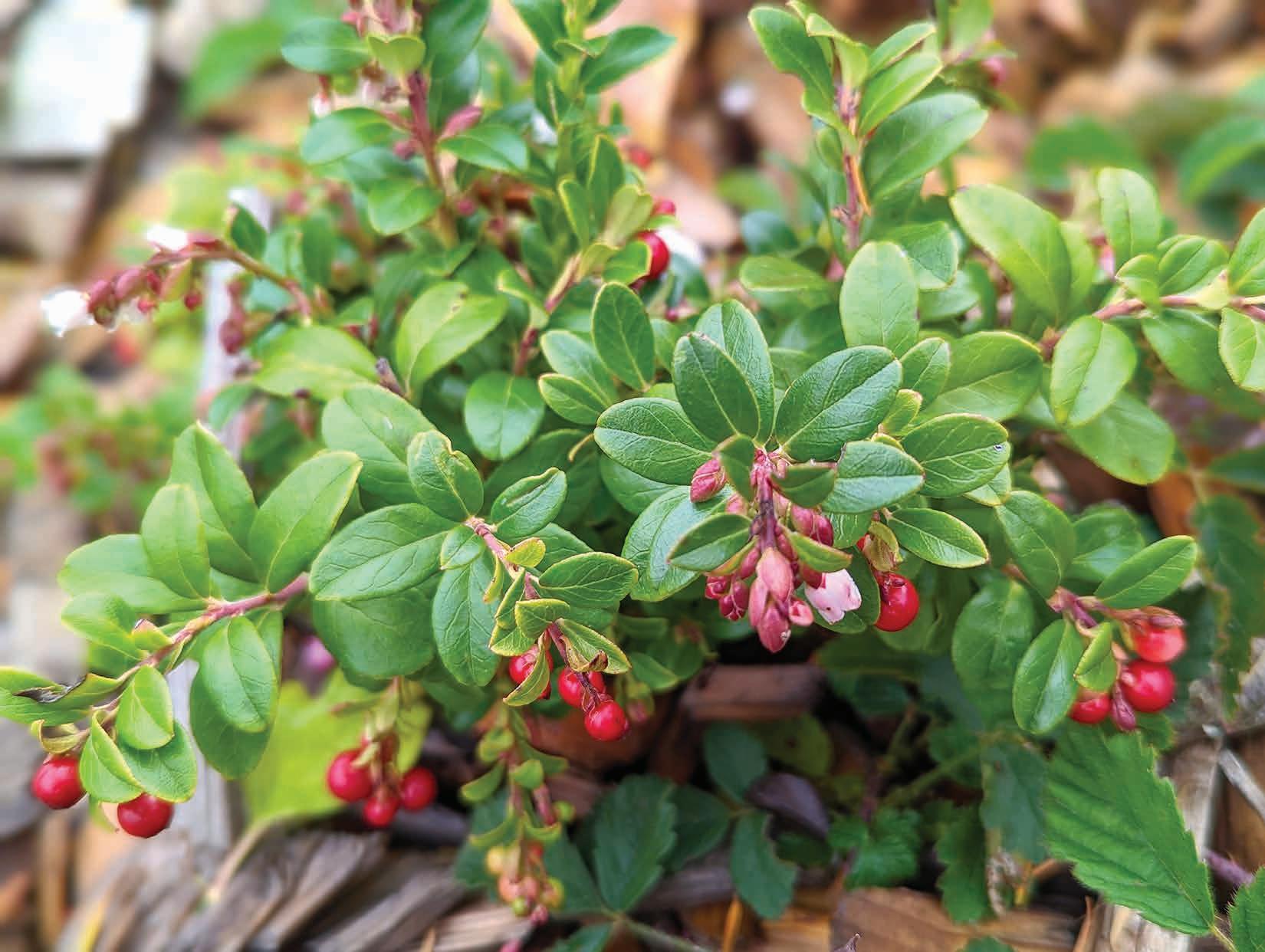

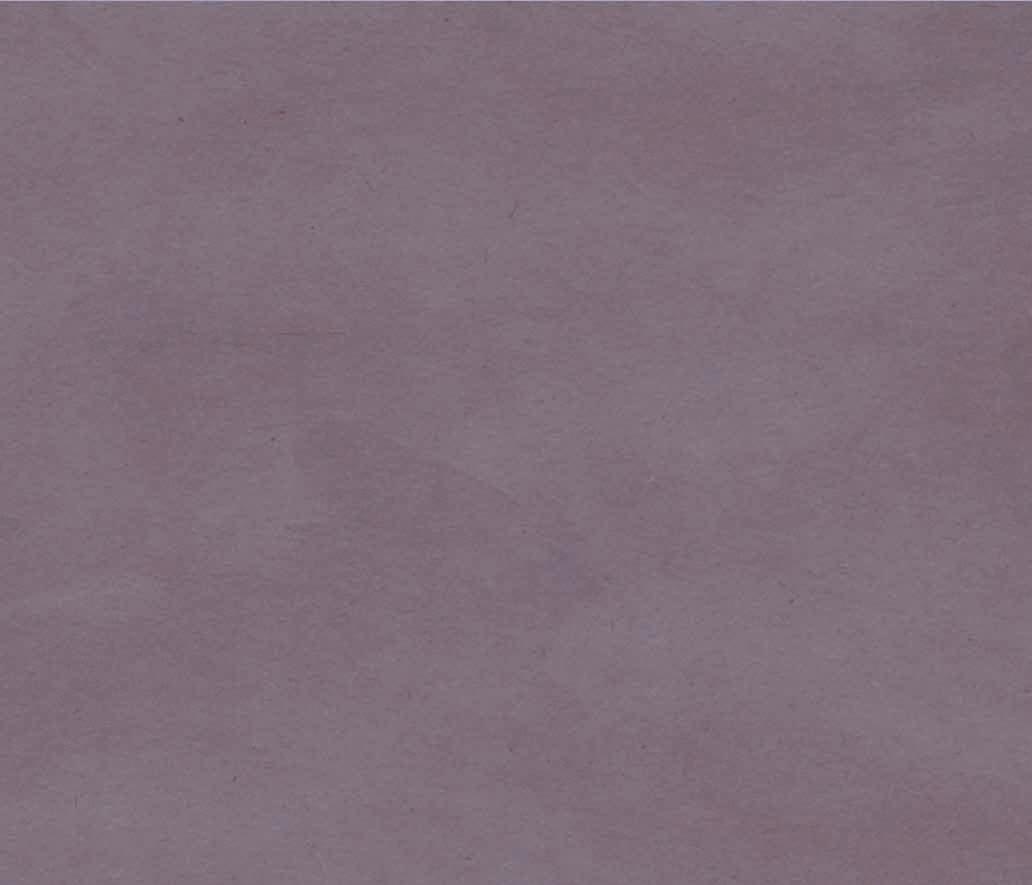

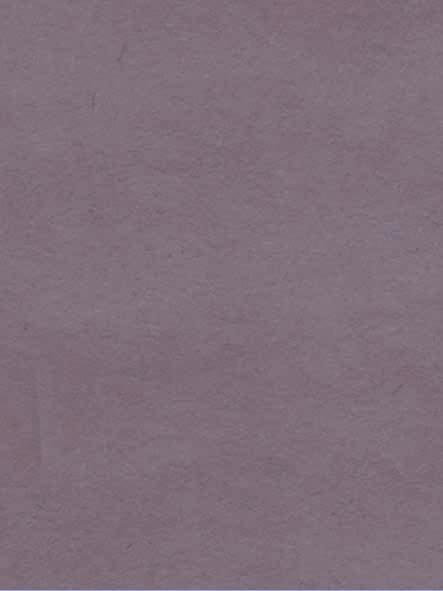


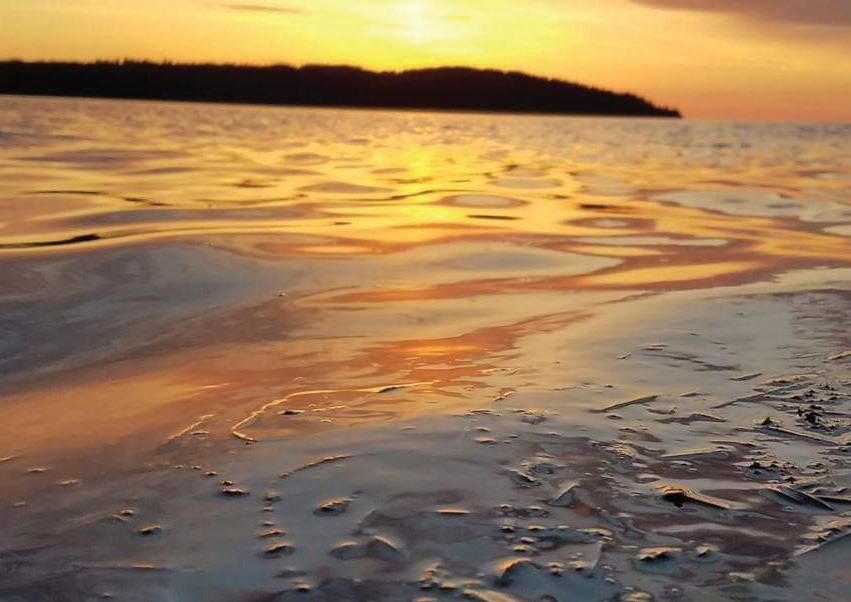


American Indian / Alaskan Native
Date of birth: 11/24/1989
currently transient Registration Information:
OFFENDER TYPE: Tier 1 OFFENSES: SITC 4 03.090 Rape of a child
GEORGE, JOHNNIE JAY IV
Male / 280 lbs / 5’ 11” / brown eyes / gray hair
American Indian / Alaskan Native
Date of Birth: 7/10/1970
15263 Reservation Rd, Swinomish
Registration Information: OFFENDER TYPE: Tier 3 OFFENSES: RCW 9A.44.040 Rape 1st Degree
CAYOU, RICHARD JIMMY JR.
Male / 140 lbs / 5’4”/ brown eyes / black hair
American Indian/ Alaskan Native
Date of Birth: 3/23/1983
11164 Swinomish Ave
Registration Information:
OFFENDER TYPE: Tier 1
OFFENSES: SITC 4 03.010 Abusive Sexual Intercourse w/person under 16
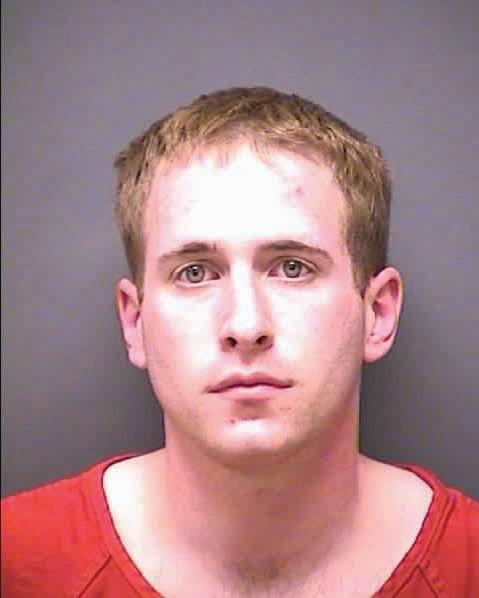
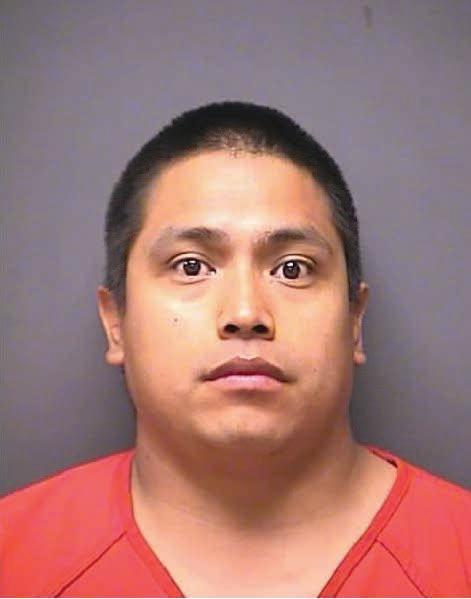
Male / 150 lbs / 5’6”/ brown eyes / blk hair
American Indian/Alaskan Native
Date of Birth: 10/01/1982

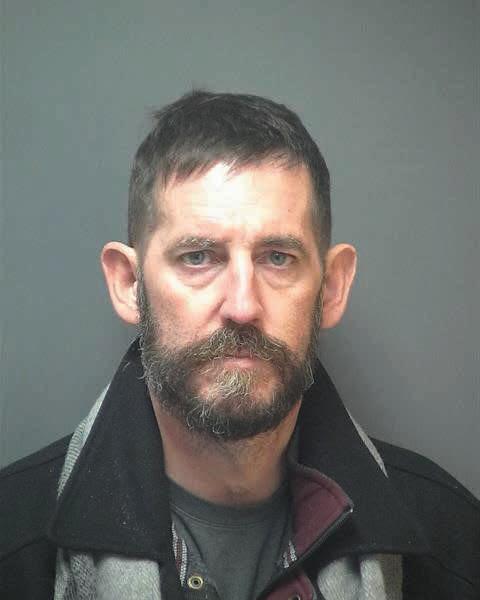
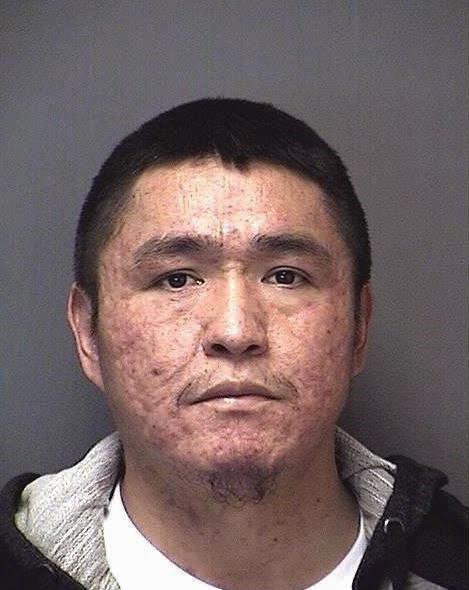

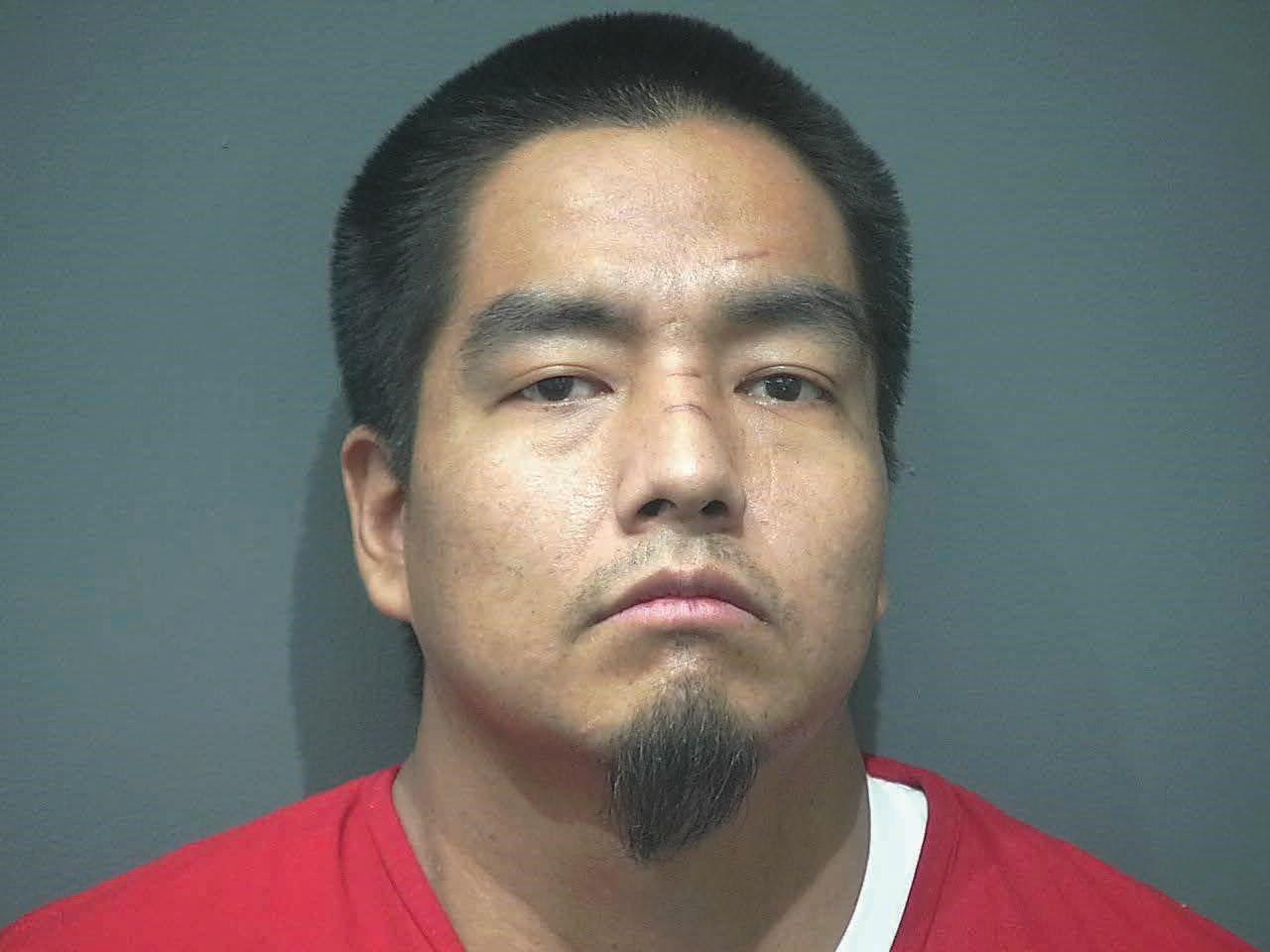
Transient
Registration Information: OFFENDER TYPE: Tier 1 OFFENSES: RCW 9A.44.079 Rape of a child 3rd
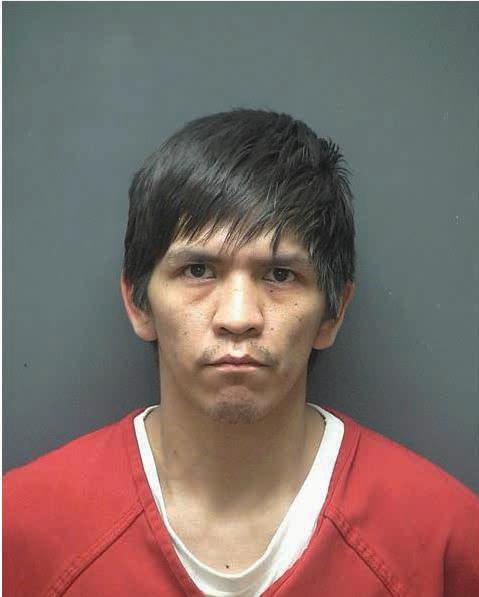

Male / 180 lbs / 5’10”/ brown eyes / black hair
American Indian/ Alaskan Native
Date of Birth: 11/15/1984
11244 Squi Qui Court
Registration Information: OFFENDER TYPE: Tier 2 OFFENSES: RCW 18 USC 2243 sexual
Male / 170 lbs / 5’ 10” / brown eyes / brown hair
White/non Hispanic
Date of Birth: 8/27/1987
931 Maple Street; Apt. #8
Registration Information: OFFENDER TYPE: Tier 1 OFFENSES: RCW 9A.36.041 Assault 4th with sexual motivation
Male / 175 lbs / 5’ 10” / brown eyes / gray hair
American Indian or Alaskan Native
Date of Birth: 5/06/1947
11086 Tallawahlt Way, Swinomish
Registration Information: OFFENDER TYPE: Tier 1 OFFENSES: RCW 9A.44.100 solicitation to
Male / 180 lbs / 5’11” /brown eyes / black hair
American Indian/Alaskan Native
Date of Birth: 1/27/1962
15263 Reservation Road
Registration Information: OFFENDER TYPE: Tier 1
OFFENSES: RCW 18 U.S.C. Sections 1153, 2243(a), & 2246(2)(C) Sexual Abuse of a minor
RUSSELL, ALLEN RAY
Male
SMITH, MICHAEL, JR
Male / 160 lbs / 5’7” / brown eyes / black hair
American Indian/Alaskan Native
Date of Birth: 8/17/1981
Transient
Registration Information:
OFFENDER TYPE: Tier 2
OFFENSES: SITC 4 03.020 abusive sexual Touching (class A)
Male / 160 lbs / 5’9”/ blue eyes / brown hair
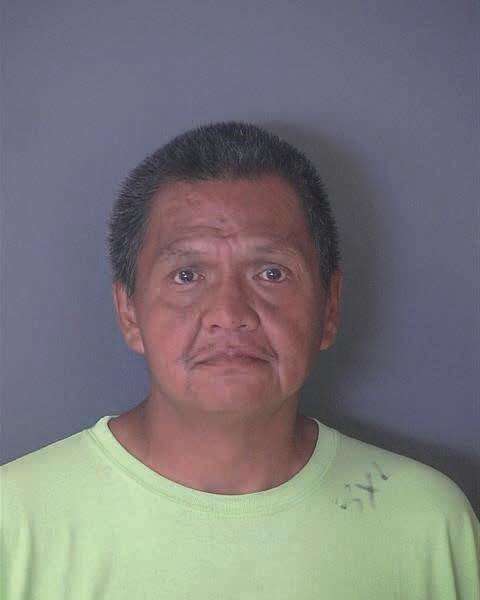
White/non Hispanic
Date of Birth: 2/14/1973
826 Shoshone Dr, Shelter Bay
Registration Information: OFFENDER TYPE: Tier 1 OFFENSES: Sexual Assault, 3rd Degree

Male / 140 lbs / 5’07 / brn eyes / black hair
American Indian DOB 09/20/1995
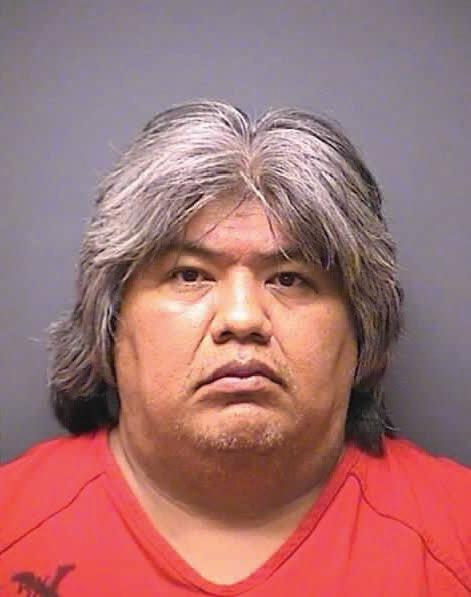
17347 Squi Qui Ln
Registration Info: Tier 2 Offenses: Rape of Child, Poss of child porn.
WILLIAMS, KENNETH JAMES
Male / 180 lbs/5’7” / brown eyes / blk hair Black
Date of Birth: 11/02/1991
11086 Tallawhalt
Registration Information: OFFENDER TYPE: Tier 1 OFFENSES: RCW 9A.RR.079 Rape of child 3rd
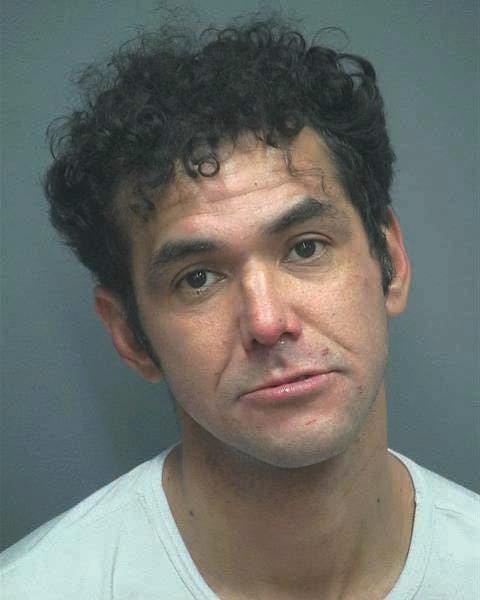

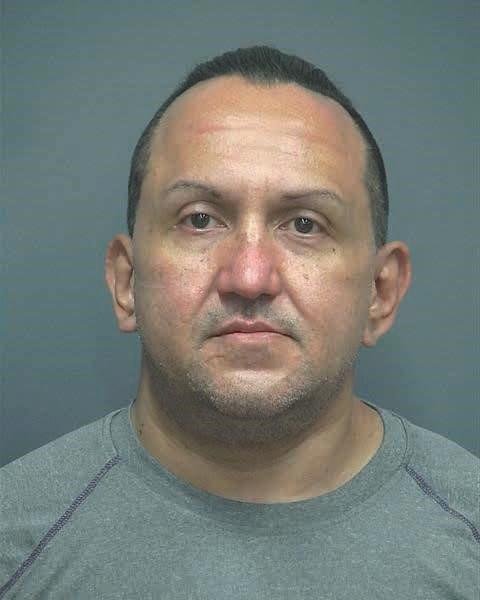

WOLF JOHN, JESSE LEE
Male / 176 LBS/5’6” / brown eyes / blk hair
American Indian/Alaskan Native
Date of Birth: 05/31/1980
17085 Squi Qui Lane
Registration Information: OFFENDER TYPE: Tier 1 OFFENSES: SITC: 4 03.070(A)(1) Exploitation of a child
Tribal Code 2-03.075 pertaining to Registered Sex Offenders within the boundaries of the Swinomish Reservation. If you have any questions related to SITC Code 2.03.075, please contact the Swinomish Police Department at (360) 466-7237.
RSO's are not permitted in the Swinomish Community Center, which includes the gym and day care/child care and center. Exceptions for funeral may be made on a case by case basis and with prior approval from Tribal Court and offender is a Level I Offender.
Wilbur Sean
Male / 180 lbs / 6'0 / Brown eyes White
Date of Birth 11/11/83
17483 Maple Lane
Registration Information: OFFENDER TYPE: Tier 1 Offenses: 9A.44.050 2ND DEGREE
RAPE / 9A.44.050.1B RAPE 2, INCAPABLE VICTIM
Tier 1 = low risk of re-offense
EDWARDS, TIMOTHY
Male / 245 lbs / 6’0 / brown eyes, hair
American Indian DOB 04/26/1972
17445 Keeah Ln
Registration Info: Tier 2 Offenses: 3rd degree rape
For the latest open positions, please visit: swinomishcasinoandlodge.com/careers/

Tier 2 = moderate risk of re-offense
Tier 3 = high risk of re-offense
Public website: swinomish.nsopw.gov
UPDATED 10/19/2022
For the latest open positions, please visit: swinomish-nsn.gov/resources/humanresources
Tier 1 = low risk of re-offense
Tier 2 = moderate risk of re -offense
Tribal Code 2 03.075 pertaining to Registered Sex Offenders within the boundaries of the Swinomish Reservation. If you have any questions related to

17337 Reservation Road

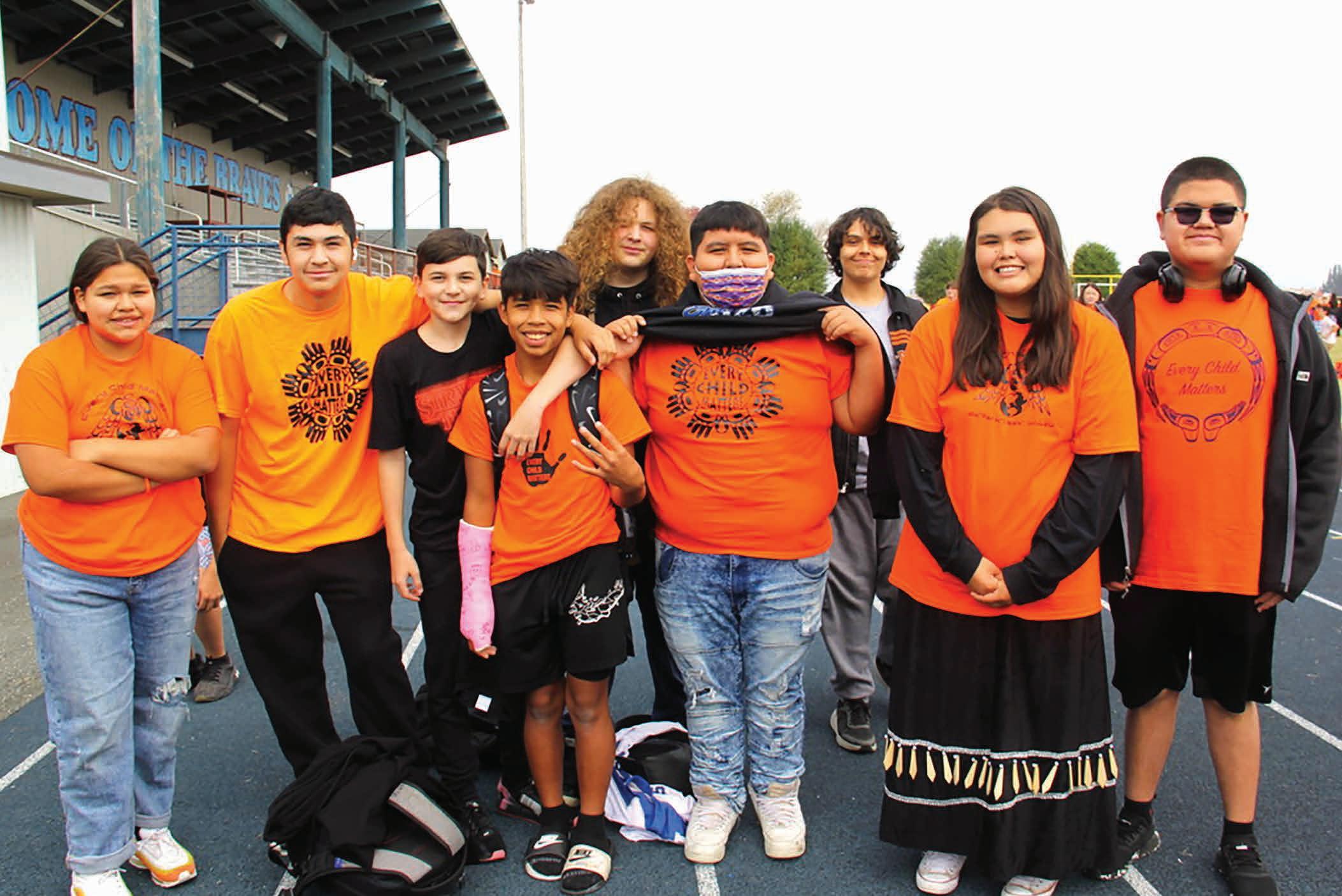
La Conner, WA 98257
qyuuqs@swinomish.nsn.us
